Photoshoot ideas for photographers: get some creative inspiration with these tips!
Looking for photoshoot ideas? We've got dozens of tips, tutorials and inspirational projects to get you started
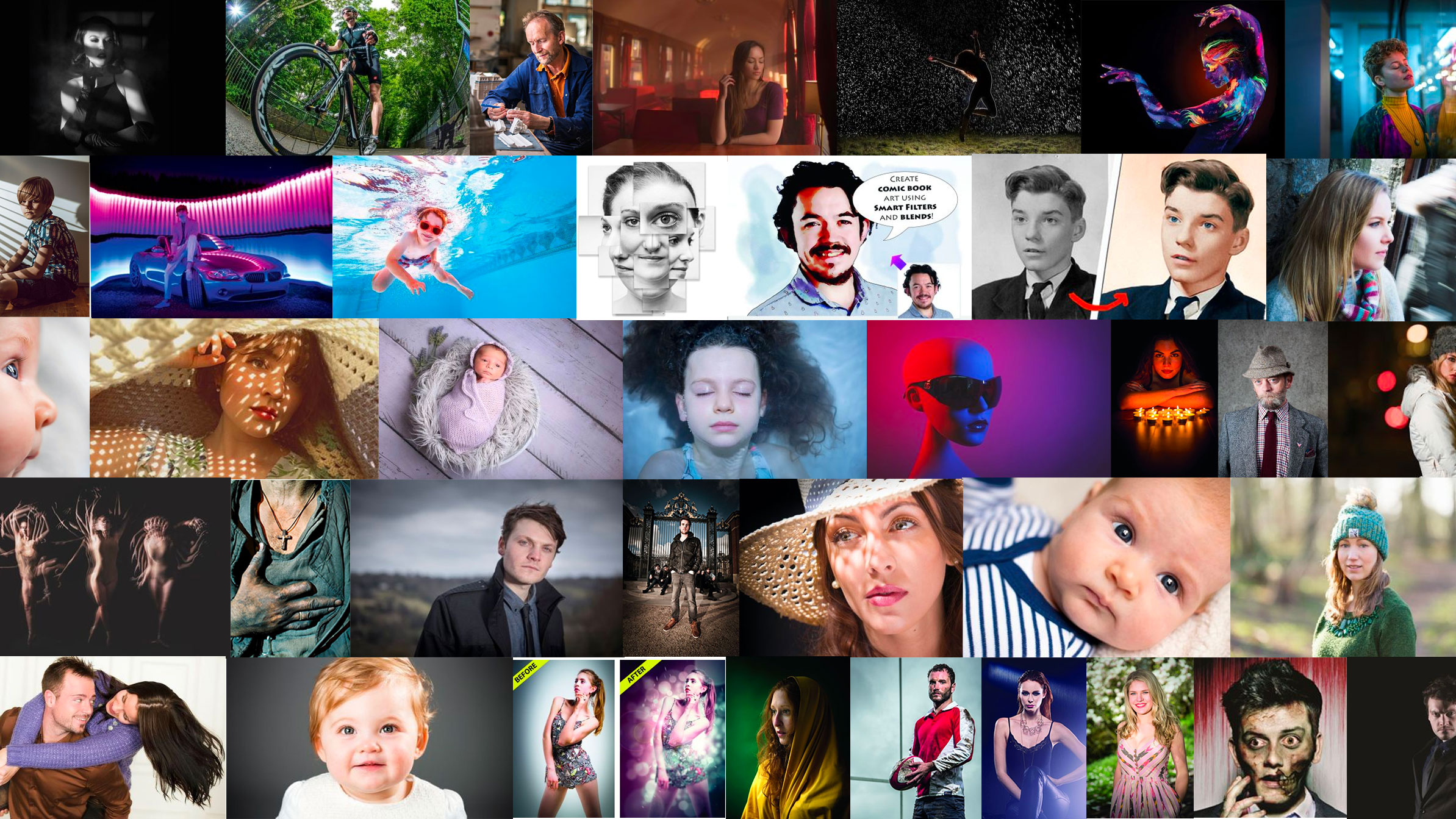
These photoshoot ideas could give your creativity that little kickstart it needs! It's easy to get stuck in a rut and run out of inspiration when you're planning your next photoshoot, so here's a whole collection of projects and tutorials that offer something just a little bit different.
We've got ideas on posing and lighting, props and backgrounds. We've got tips on camera gear, lenses and accessories, and ideas for using them in ways you may not have expected. But some of the best techniques don't require any special equipment at all, just a bit of imagination and lateral thinking!
So have a swipe down through our list of photoshoot ideas to see if there's anything here to get you thinking...
1. Shoot film noir portraits with a DIY gobo
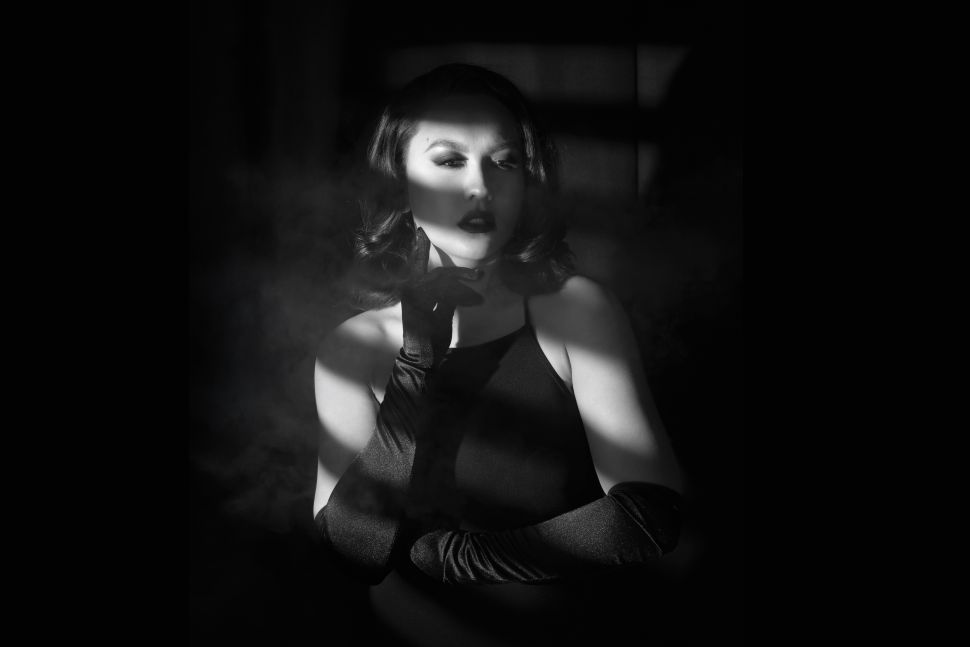
Capture an atmospheric portrait inspired by film noir by DIY-ing your very own gobo. Gobo stands for ‘go-between object’, and it’s simply a light modifier that goes between your light source and your subject. It can be a stencil cut to fit into your lighting, or it can be a freestanding object you’ve improvised for the job. Read more: Shoot film noir portraits with a DIY gobo
2. Sports portraits with a fisheye lens
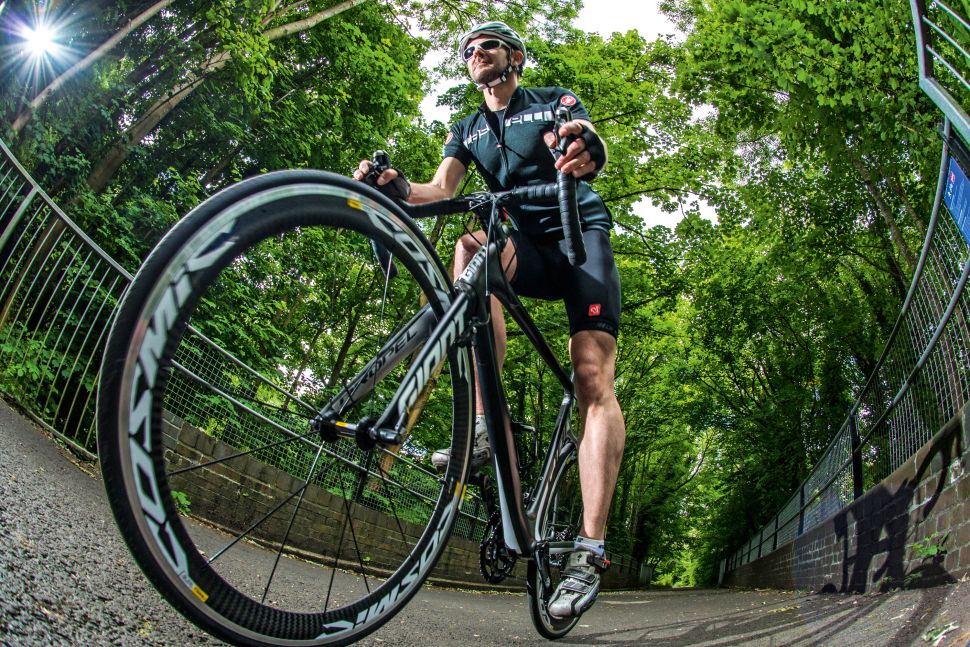
Fisheye lenses offer an unusual angle of view that perfectly complements flash-lit action shots. Manufacturers take great care to ensure lenses will produce minimal distortion, so that straight lines in a scene will be captured straight in the image. With fisheye lenses, however, they forego this approach and instead cram as many degrees of view as possible into the frame. The result is extreme distortion, with curvature that gets more pronounced the further things are from the centre of the frame. Read more: Sports portraits with a fisheye lens
3. Fake natural light portraits with flash
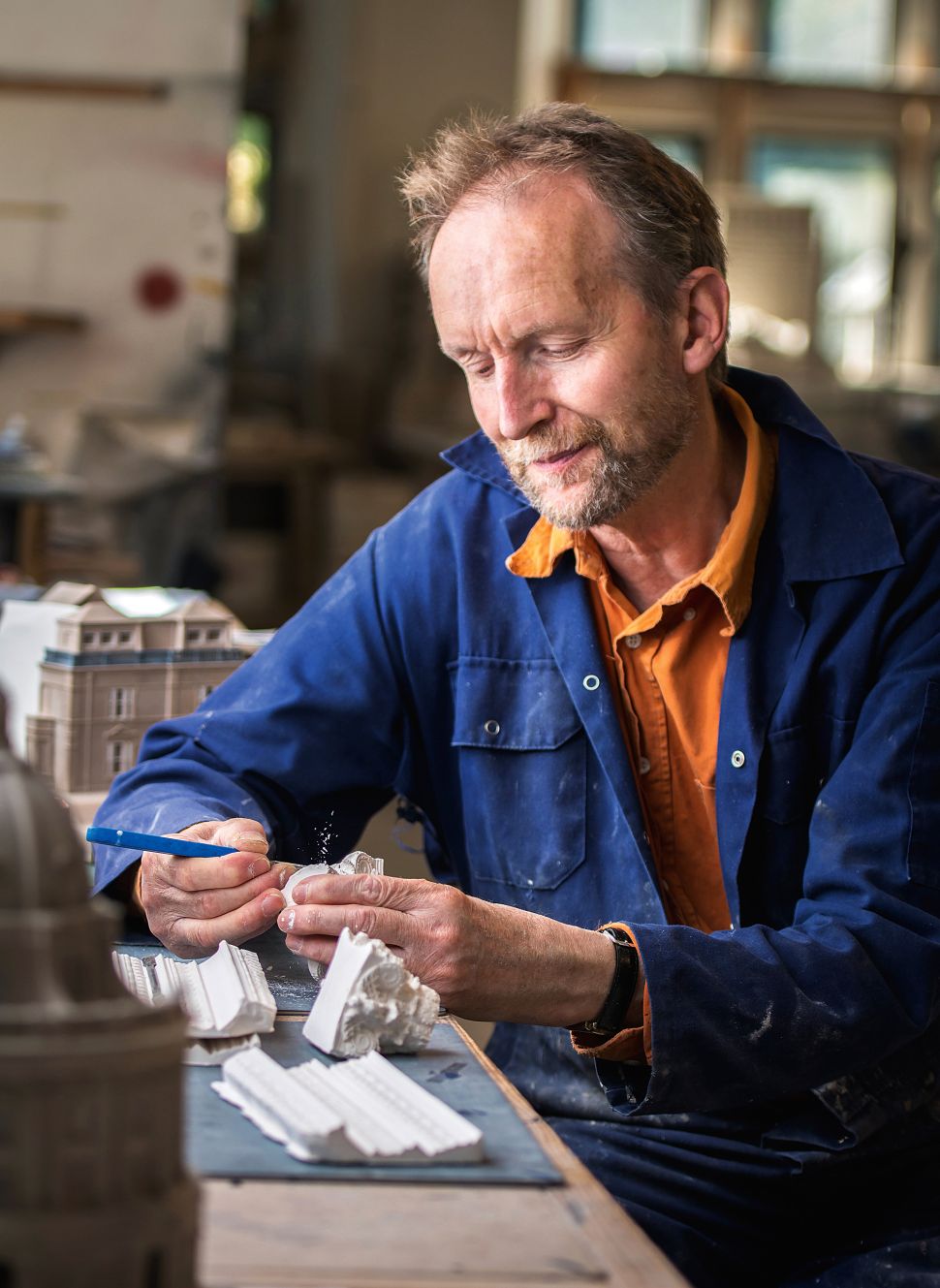
Natural light portraits can look stunning, but what if it's a dull day? Fake the look by incorporating flash into your shoot. While it’s oh-so-easy to plop your flashgun on your camera's hotshoe and rattle off shots, the results often look unflattering and it’s easy to tell that they weren’t taken in natural light. However, we’re going to show you how to mimic natural light with an artificial flash. Read more: Fake natural light portraits with flash
4. Artificial fog for a cinematic portrait
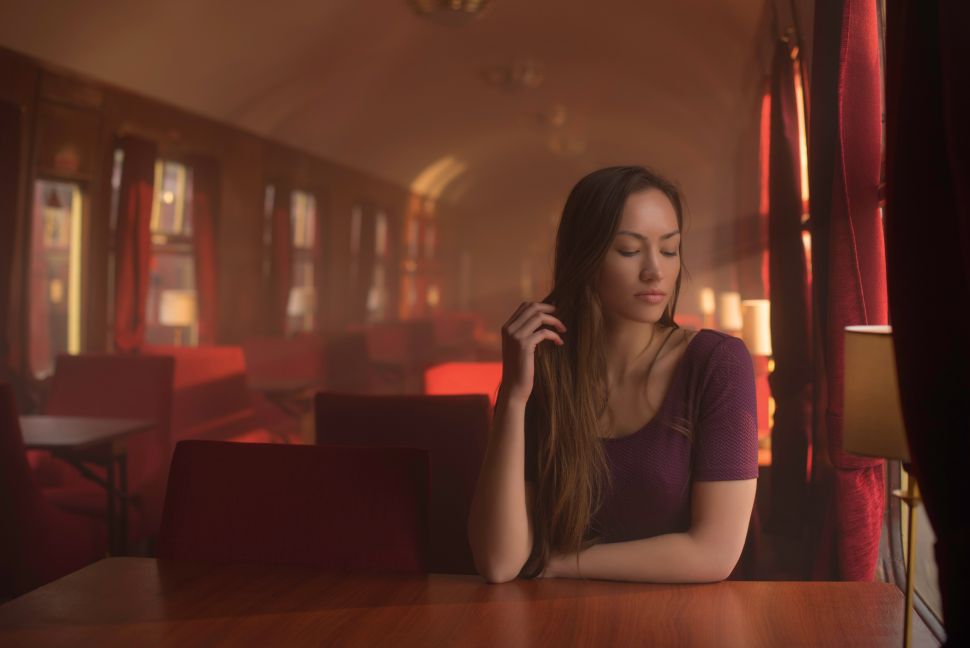
Fill your cinematic portraits with atmosphere by incorporating artificial fog into your shoots. We’ve all seen those steam-filled railway platforms in black-and-white movies from the ’50s, and how atmospheric they can be. Even at a rock concert, the appearance of artificial fog (dry ice) creates a moody atmosphere, and it’s no different in the stills photography world. Read more: Artificial fog for a cinematic portrait
5. Shoot dramatic rain portraits
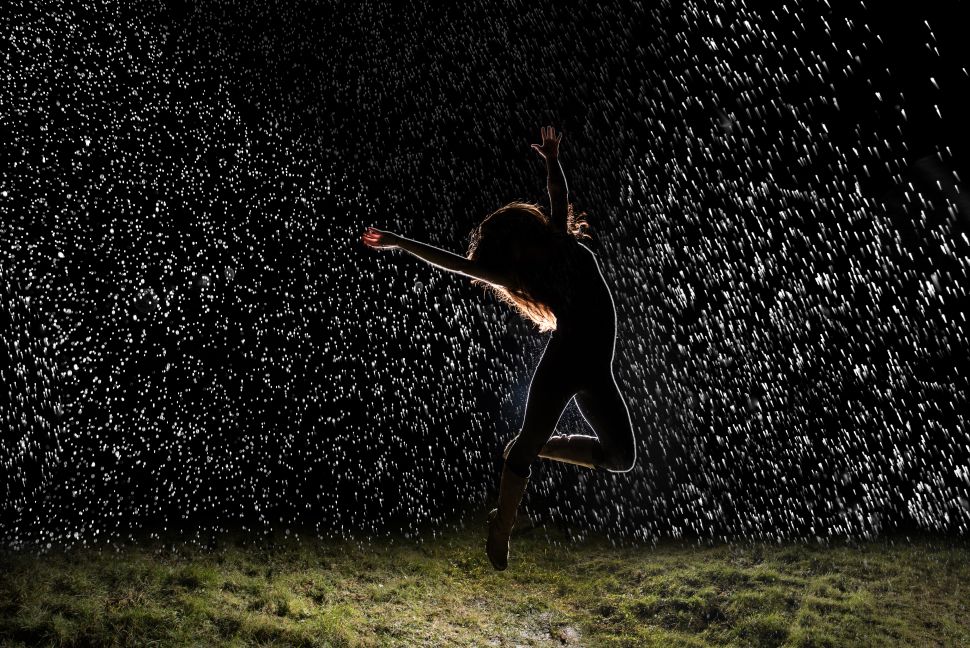
Here's one of those photoshoot ideas that come from nowhere! Why no create striking backlit rain portraits using a speed light, regardless of whether it's rain or shine? When it’s a lovely bright day outside, it’s tempting to lie down in the sun and read a book – or if you've got your heart set on photography, chasing those subjects that look best in bright light. Read more: Shoot dramatic rain portraits
6. Blacklight body paint portraits
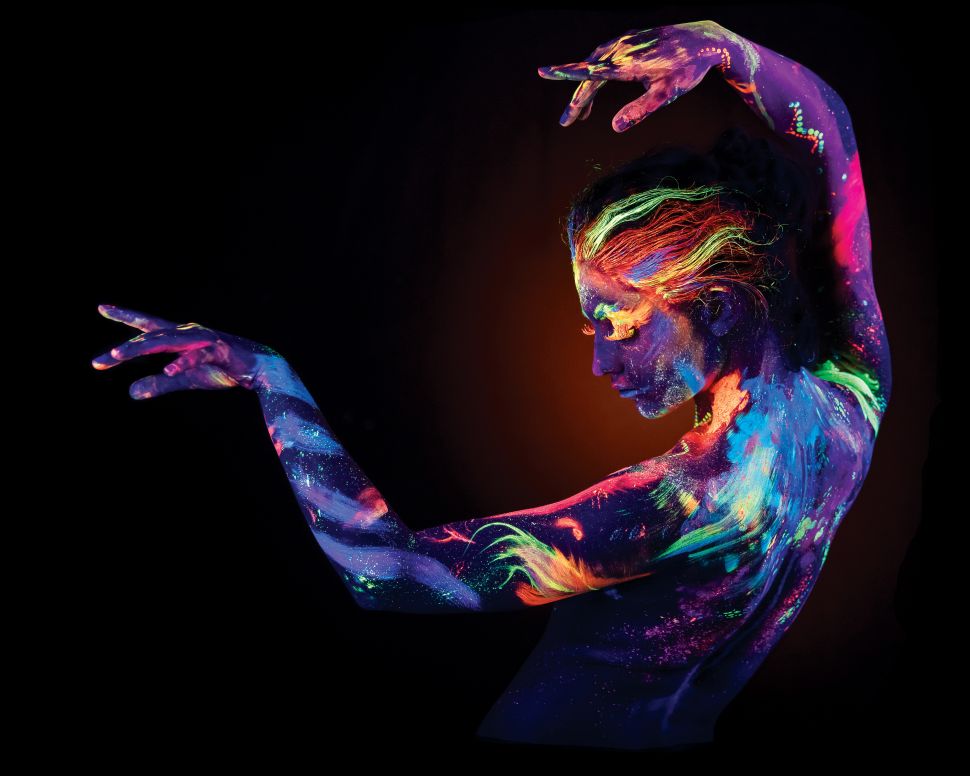
Create glowing portraits using a combination of ultraviolet light and neon body paint. The main challenge is to overcome the low light, so all the usual low-light techniques come in to play. We may need to use a high ISO, a long exposure, a tripod, a wide aperture – or a combination of all of these – to overcome the problem of crafting a usable exposure in low light. Read more: Blacklight body paint portraits
7. Take neon-lit photographs at night
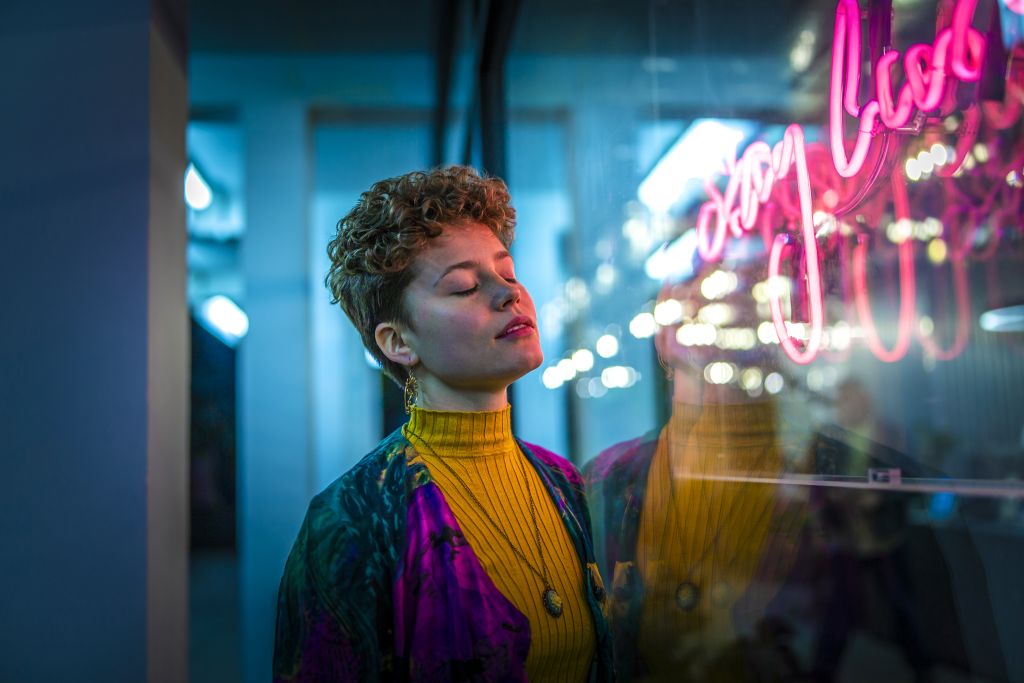
Portrait pro Alastair Batchelor shares his top low light portrait tips for taking stunning shots after dark. When the sun goes down, the magic of artificial illumination can literally light up your photographs like never before. And with these low light portrait tips, you can get that neon-drenched, cinematic Blade Runner aesthetic in-camera. Read more: Take neon-lit photographs at night
8. Children's portraits made easy
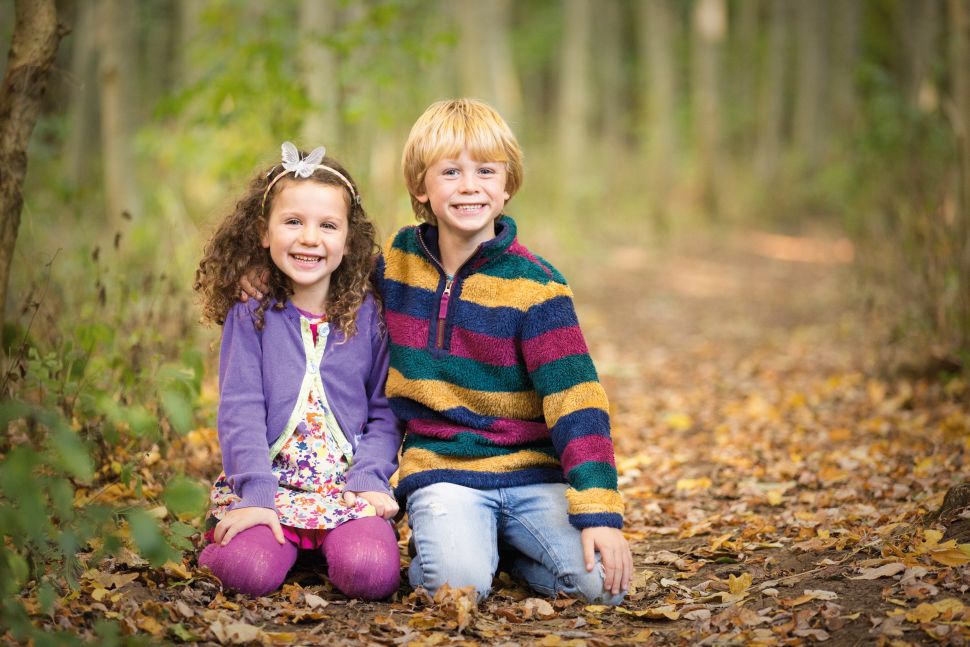
Children's portraits made easy. Photographing the family is the reason that many people buy a camera in the first place. However, taking portraits of young children can seem like more trouble than it’s worth – especially when it comes to your own kids who refuse to pose or smile as soon as you get your camera out! Read more: Children's portraits made easy
9. 1 flash, 4 great kids portrait setups
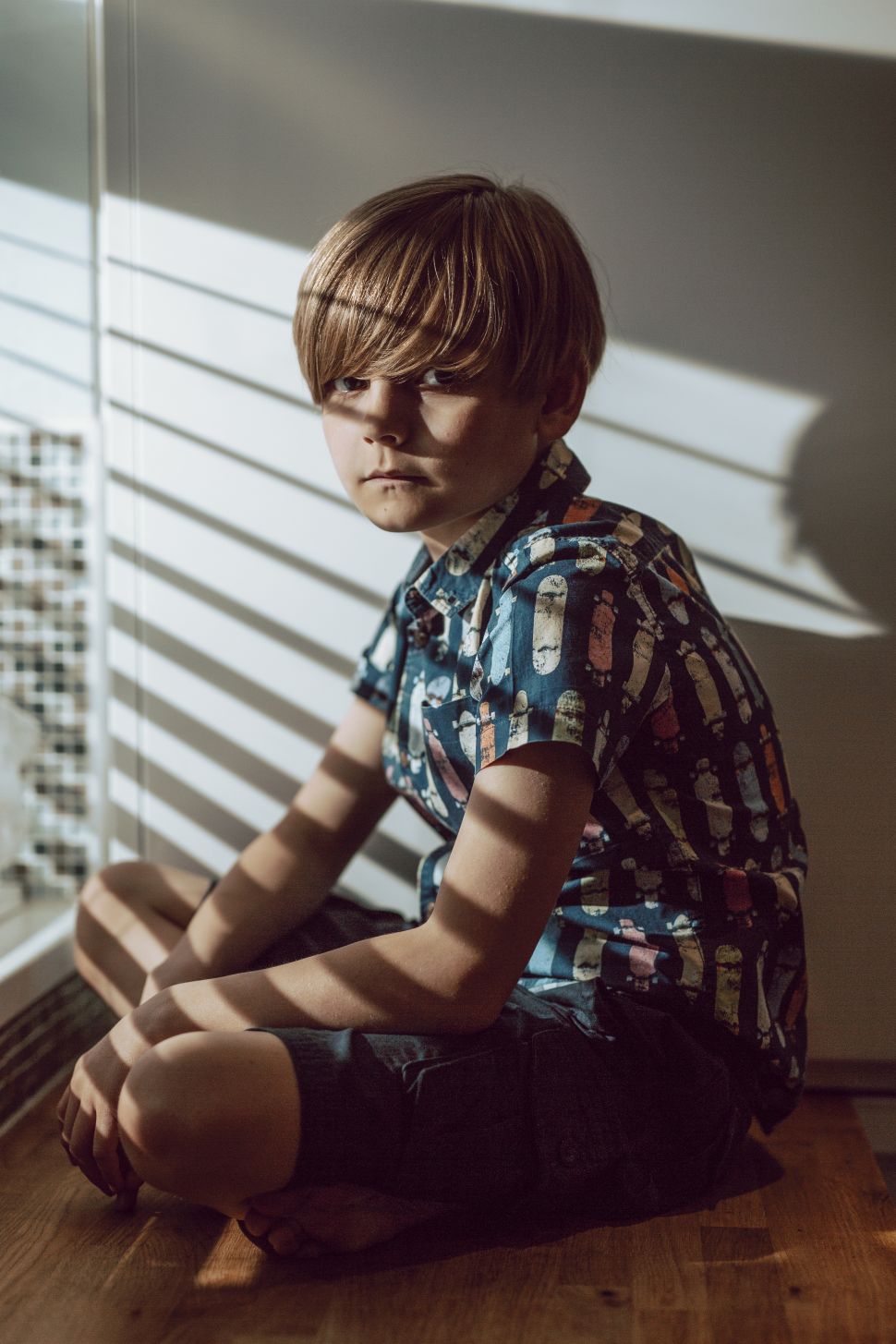
Want to take striking, magazine-style shots of your kids at home? All you need is a single flash! By now you've probably shot in every area, from every angle both inside and outside your house. So how can you transform your home into a setting that looks straight out of a magazine, to take portraits of your kids with a wonderful editorial style? Read more: 1 flash, 4 great kids portrait setups
10. Miami Vice-style portraits
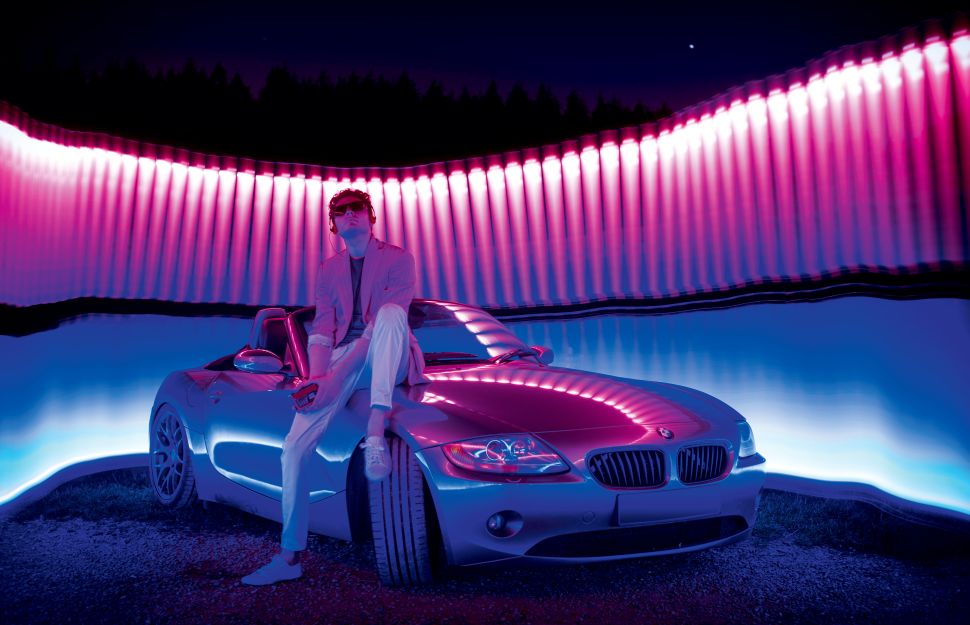
You can get photoshoot ideas from different eras and fashions. Here, we recreate a slick neon look using torches and acrylic rods, for a shot dripping with '80s style. Light painting is a great way to get into long-exposure photography and opens up a world where we can control light and shape it to suit our needs. Most of the time we use a powerful torch in low light or at night to visually paint a scene, with results often looking fantastical. Read more: Miami Vice-style portraits
11. Pool portraits
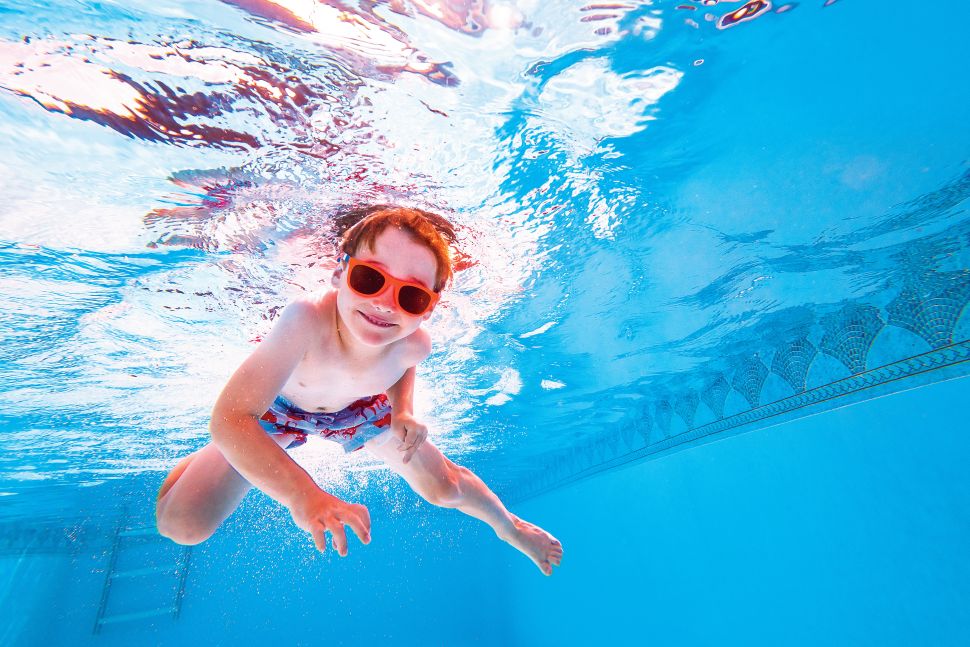
Dive into underwater photography and take great swimming pool shots on a budget, in the back yard. The best child portraits usually occur when the kids are doing something they enjoy, rather than just being told to pose. Most kids love being in the water, so the swimming pool is a great place to get out your camera! Read more: Pool portraits
12. Make a montage portrait
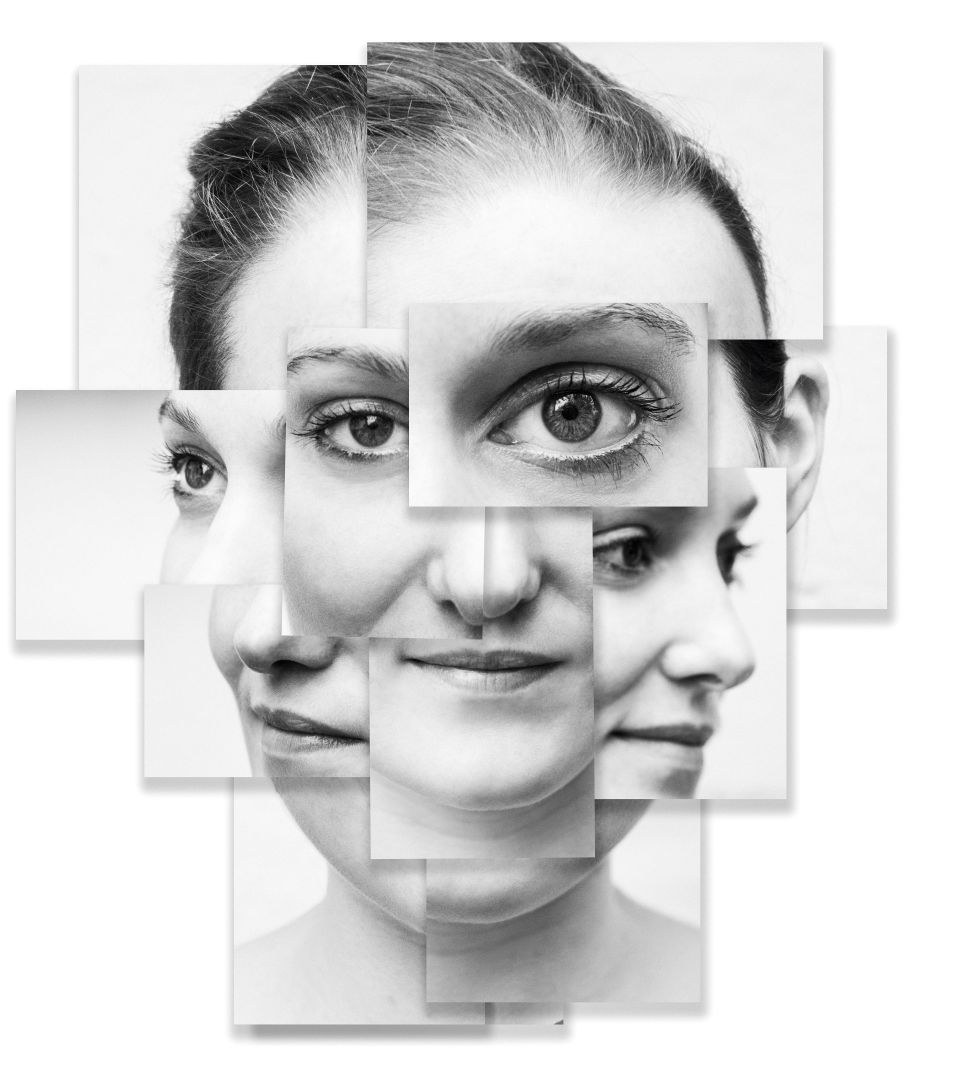
Create portrait montages like David Hockney's classic series, either as physical prints or in the digital domain. Back in the Eighties, artist David Hockney started piecing together Polaroids into collages that showed a subject from multiple angles. Hockney’s ‘Joiners’ captured the public imagination and made him a household name. Read more: Make a montage portrait
13. How to create a comic book portrait
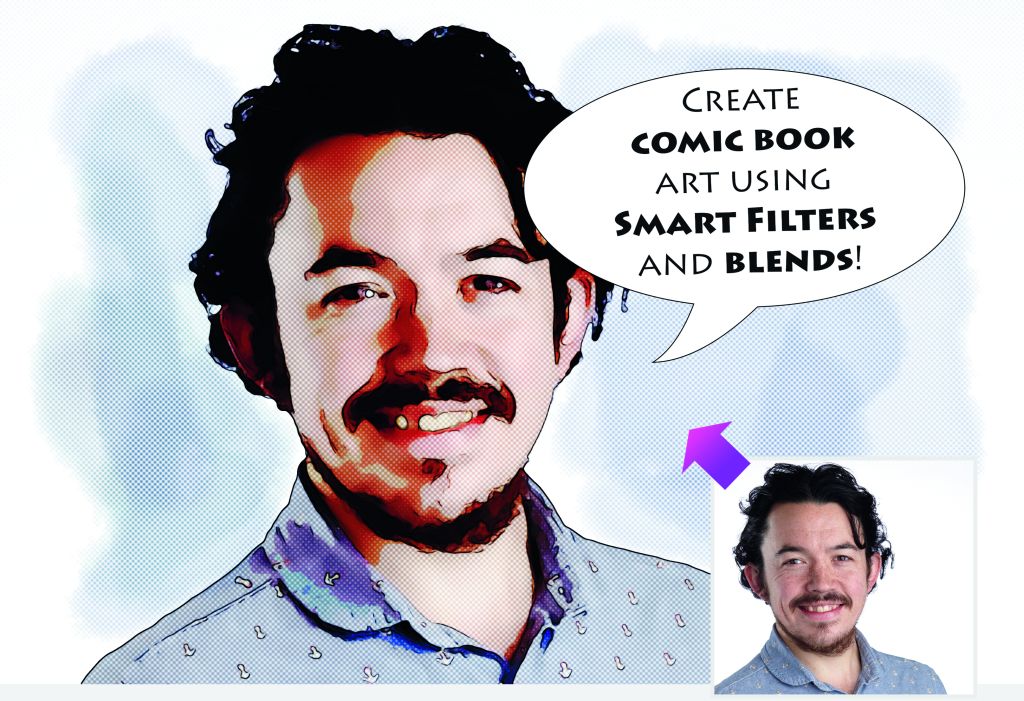
Turn your portrait into pop art using Photoshop CC's Smart Filters and Blending Modes. One way to create an eye-catching image is to give a photograph a stylized artistic makeover. A portrait shot against a plain background is perfect for this. By using Photoshop CC’s filters you can simplify the colors and tones in the picture to make them look as though they were drawn and inked by a comic book artist. Read more: How to create a comic book portrait
14. Hand tint portraits of your ancestors
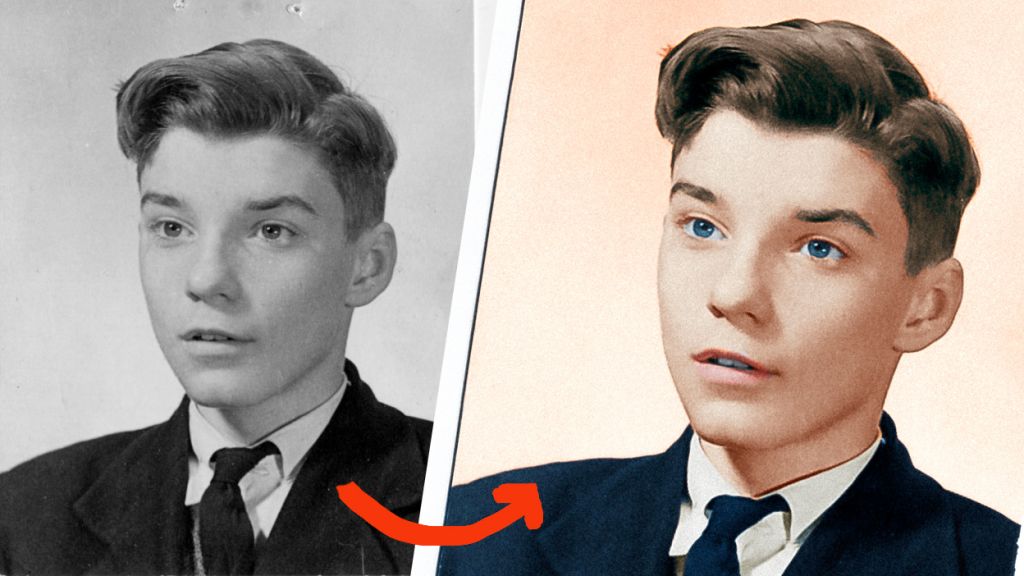
How to colorize old photos in a simple, non-destructive way, using Photoshop selections and Adjustment Layers. Before, color photography became popular it was common for people to have portraits hand-tinted. But nowadays you don't need special paints and a steady hand to do this job... You can colorize old photos using a photo-editing software, such as Photoshop. Read more: Hand tint portraits of your ancestors
15. Motion blur portraiture
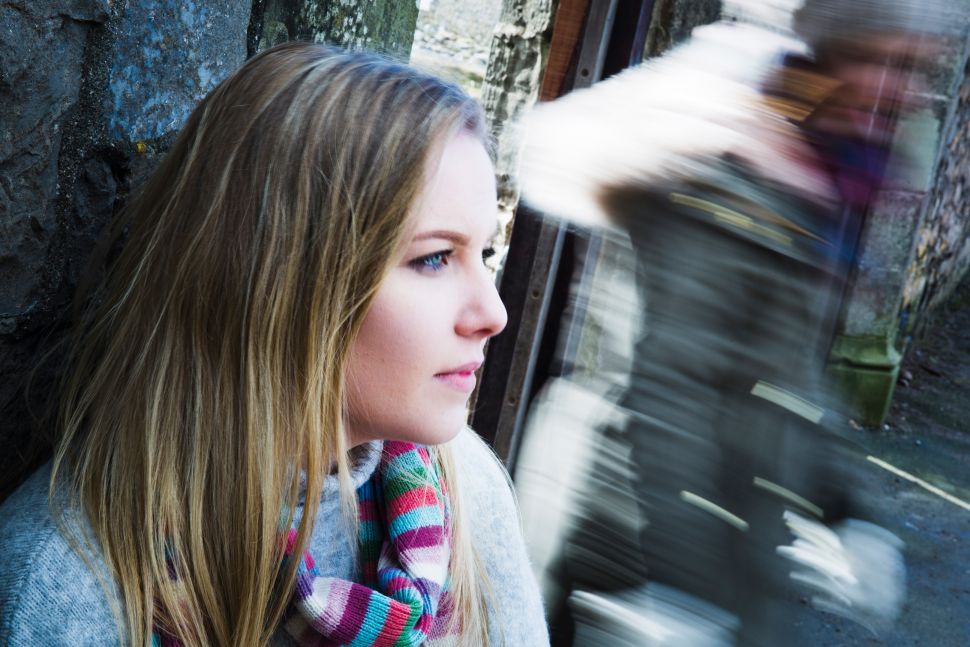
Many photoshoot ideas blend both shooting techniques and digital editing. You can liven up your portraits by adding motion blur to the shot, for example. Blurred motion is one of the most exciting visual effects that photographers have at our disposal. That magic combination of sharp and soft detail never fails to impress – and, as any landscape photographer knows, it works wonders shooting moving water or clouds. Read more: Motion blur portraiture
16. Amazing portraits right in your front room
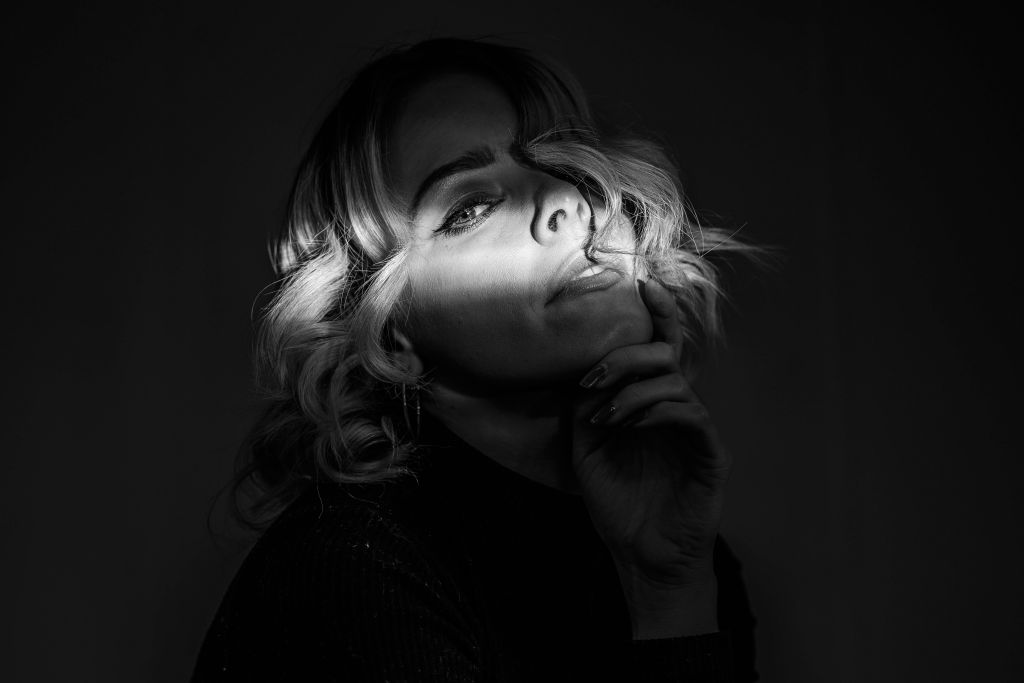
Capture dramatic black-and-white portraits at home that look like they were shot in a studio! In portrait photography, it’s not always about over-complicated lighting setups and having multiple strobes firing all at once; sometimes keeping things simple is just as effective for capturing striking imagery. Read more: Amazing portraits right in your front room
17. Take beautiful bokeh baby portraits

Shoot dreamy baby portraits using window light, and with bokeh as soft as the subject. Most parents want beautiful shots of their babies, and one way to get that is to use a shallow depth of field to add plenty of background blur, emphasizing the softness and fragility of the subject. A prime lens with a wide maximum aperture like a 50mm f/1.4 comes in handy here. The wide aperture means that we can shoot with a narrow depth of field, picking out details while blurring everything else. Wide apertures also enable us to work in lower light, so they're perfect for window-lit portraits where the light can be fairly low. Read more: Take beautiful bokeh baby portraits
18. Try a FaceTime photoshoot
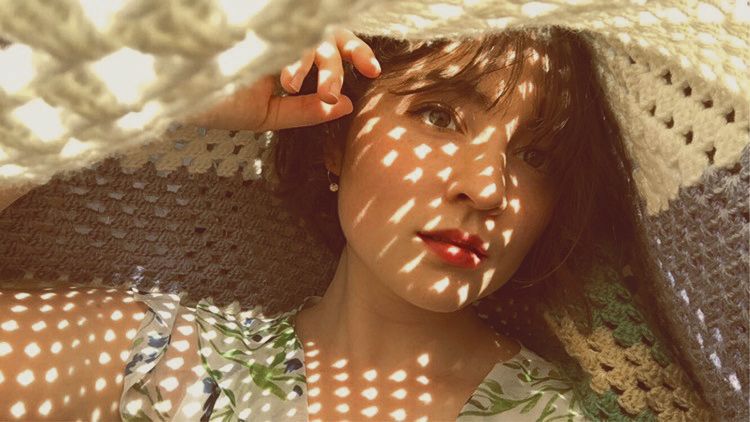
Stuck in lockdown? You might not be able to capture regular portrait photography, but you can still get creative with a FaceTime photoshoot. Whereas you can always physically move and adjust props on an ordinary portrait photography shoot, a FaceTime photoshoot means that the only way you can change anything is to ask your model to do it for you. It's also a great way to practice being able to quickly adapt to a new shooting situation. Your model will also be in lockdown, so they won't be able to go anywhere outside of their home. This means that you'll have to get creative with what they've got to hand. Read more: Try a FaceTime photoshoot
19. Take beautiful newborn photographs at home
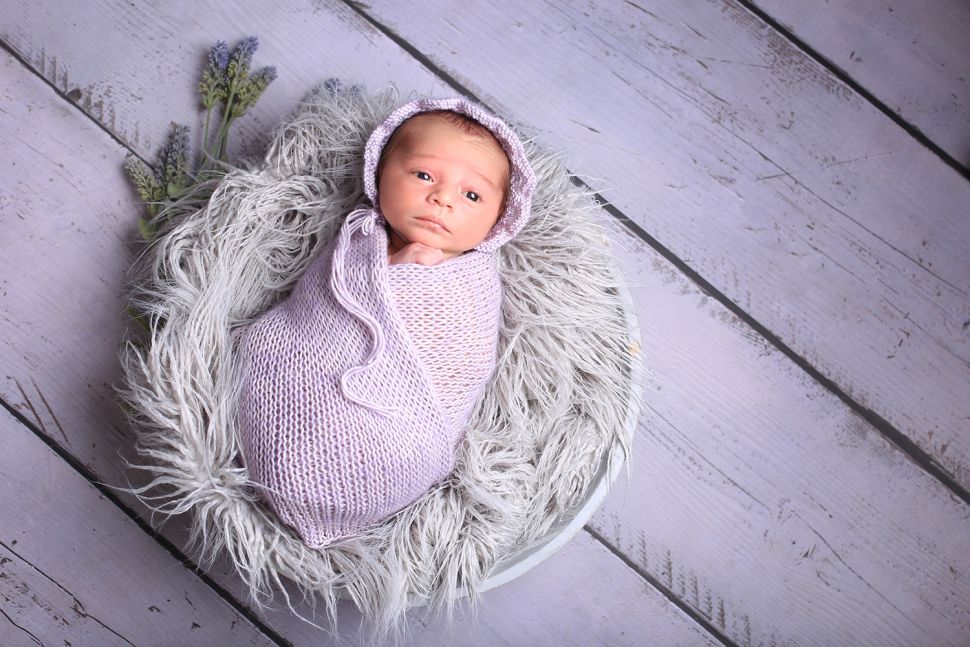
Professional baby photographer Karen Wiltshire shares 10 top tips for newborn photography. Newborn photography and baby portraiture is more popular than ever – and especially if you're isolating at home with your bundle of joy, it's a great opportunity to capture precious moments before they grow up. While most parents just snap away with their camera phones, though, the best way to capture more memorable photos is to learn how to take studio-quality photos like a professional. Read more: Take beautiful newborn photographs at home
20. Fun family portraits in the bath!
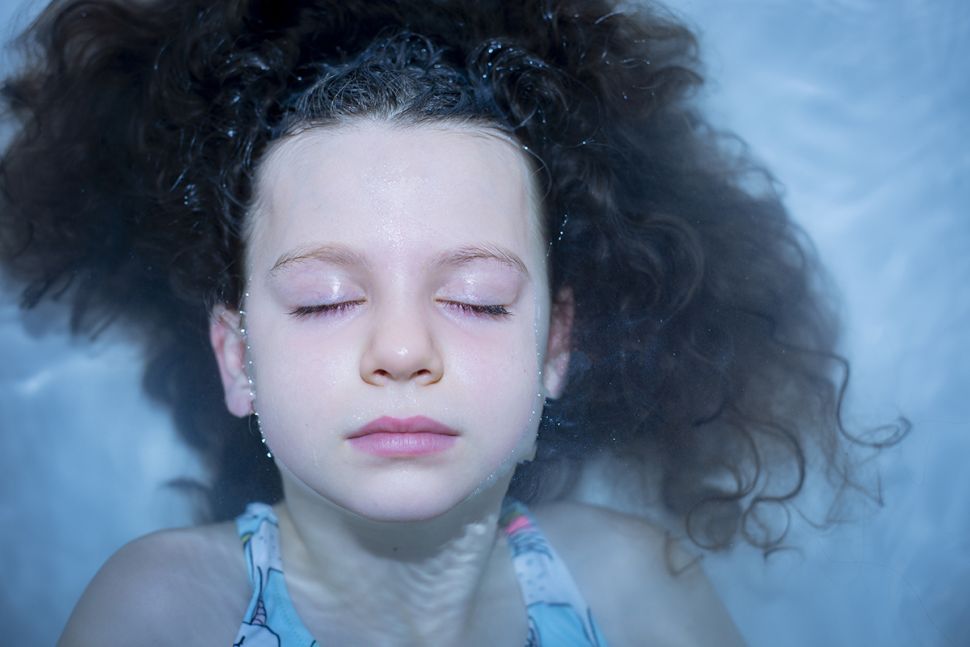
Staying safe indoors but need to educate the kids? Involve them in this fun portrait project as they play in the bath tub! The best photoshoot ideas are often right on your own doorstep. If you're stuck working from home while also trying to home school your kids, we have a great photo project that will both entertain and educate them, as well as get them clean! Taking photos of people in water can be a great route to interesting photos, and this technique you can be done safely and in the warmth at home. Read more: Fun family portraits in the bath!
21. Practice portrait lighting without a model
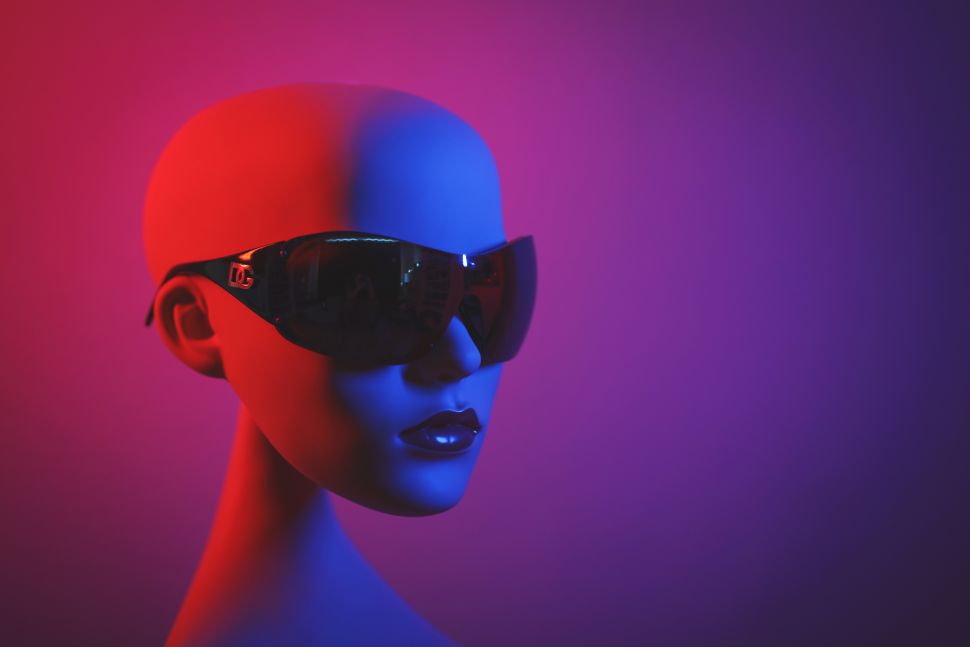
Want to practice portrait lighting, but don’t have a model in the household? Here's how to do it on your own! With social distancing, self-isolation and the general restricted movement that we're currently experiencing, it's a challenging time to be a portrait shooter. There are many things you can still photograph if you're stuck indoors, but you can really only practice portraiture with somebody to sit for you – and right now, hiring and being in close proximity with a model isn't the best idea in the world. Read more: Practice portrait lighting without a model
22. No flash? Shoot candlelit portraits
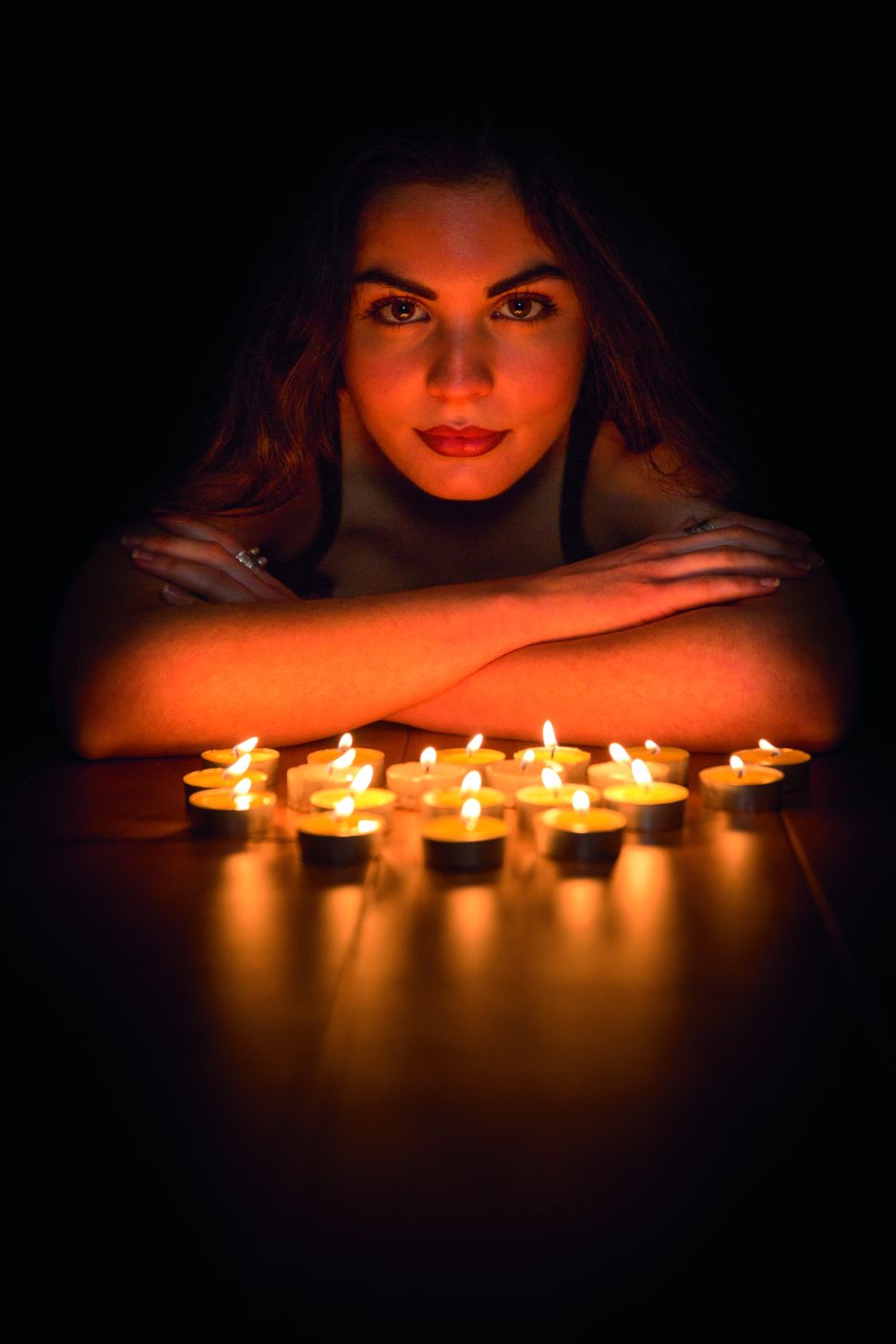
Stuck at home with no studio lights or strobes? Achieve atmospheric portraits shot by candlelight! If you're lucky enough to have a set of flashguns, LEDs or studio lights, the current lockdown won't prevent you from shooting even if the sun isn't on your side. But what if you don't have any lighting kit, or if you don't have the right modifiers for them – how do you take creative shots with great lighting? Read more: No flash? Shoot candlelit portraits
23. 10 great tips for pictures of people
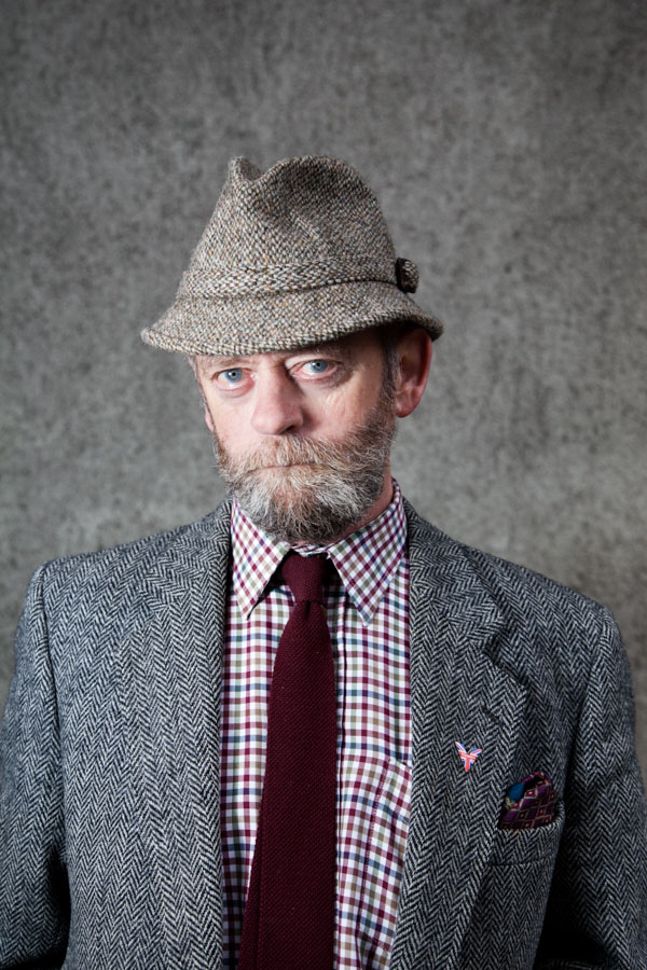
Take your best pictures of people yet with these simple but highly effective tips. If you’ve always wanted to shoot portraits like a professional then you’re in luck – there are just a few things that you need to do and your shots will instantly improve. Taking pictures of people is actually really easy. It’s a bold statement, but as long as you have a camera, a subject and a suitable location then you’re already 75% of the way there. The most difficult part of portraiture – that final 25% – is the finer points that are easy to miss, or you’re simply not aware of. We’re going to cut through the technical fluff to get you straight to the essential portrait photography tips. Read more: 10 great tips for pictures of people
24. Shoot seasonal portraits and holiday headshots
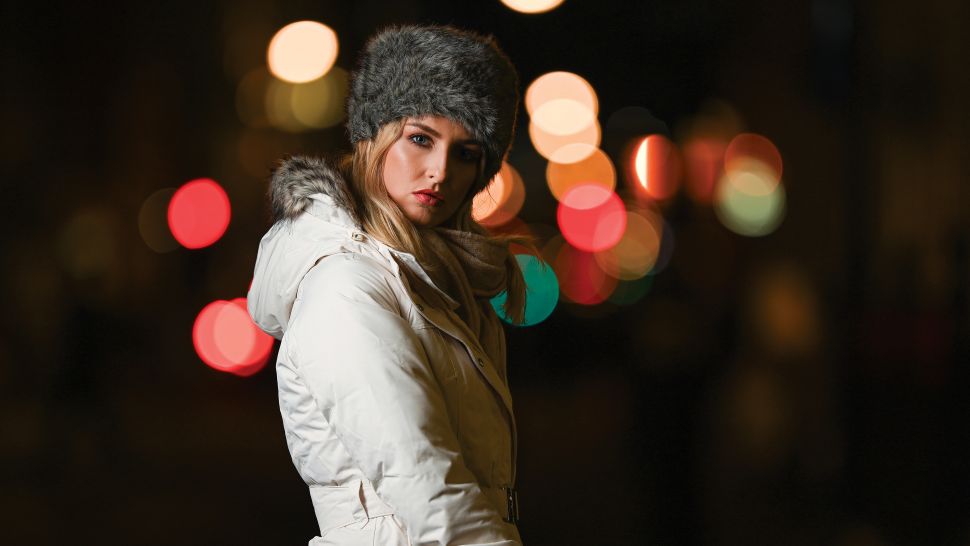
Don't be deterred by the dark! Get great portraits in the winter weather with these low light photography tips. Winter weather is great for capturing low light and nocturnal portraits, but if you've only ever shot with natural light it can be quite a challenge! So we joined Nikon School UK for its course on low-light portraiture to pick up some tips (which, of course, apply to any camera brand, not just Nikon!). Read more: Shoot seasonal portraits and holiday headshots
25. How to use key lighting and fill lighting
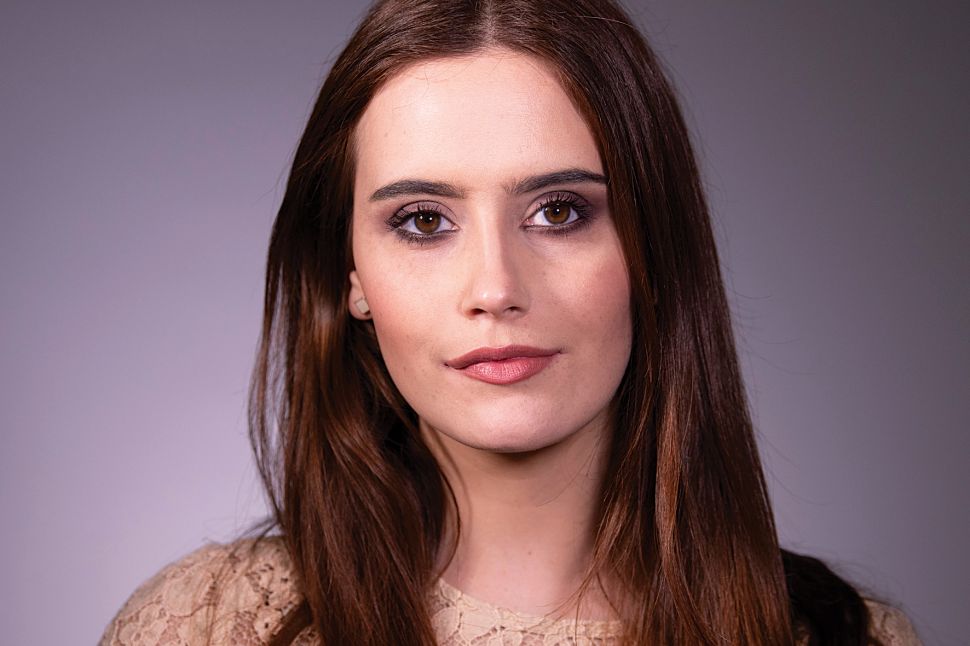
Here's how to get to grips with key lighting and fill lighting to achieve perfectly illuminated portraits. It's one of those photoshoot ideas where you learn something very useful as you work. In essence a key and fill are two light sources – one slightly stronger than the other. The key light is the main light used to illuminate our subject, while the fill light provides a lift to the shadows. It’s such an effective technique for lighting because it gives depth and form to our subject; it provides a play of light and shade across them, and it’s this that creates a sense of depth and shape to the face of our model. Read more: How to use key lighting and fill lighting
26. Learn how to take photos of people
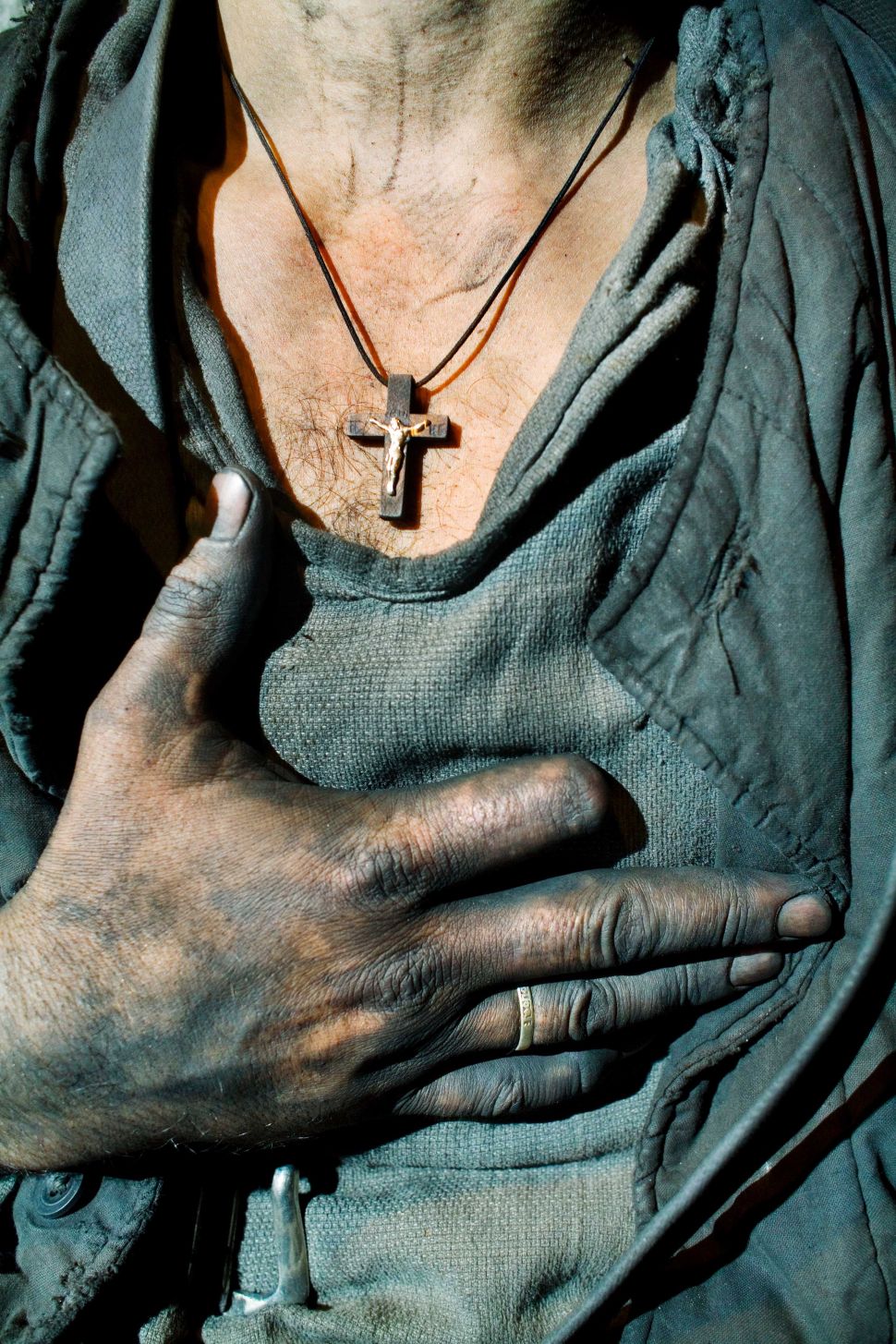
People offer infinite choices within the frame, so getting it right can be challenging – here's some advice from Magnum Photos. Digital Camera World has partnered with Magnum Learn to publish a taster of its first online course, 'The Art of Street Photography'. Magnum Learn is the education portal of Magnum Photos, and the course tutors comprise Martin Parr, Peter van Agtmael, Carolyn Drake, Richard Kalvar, Mark Power, Bruce Gilden and Susan Meiselas. Read more: Learn how to take photos of people
27. Staccato images using a strobe light
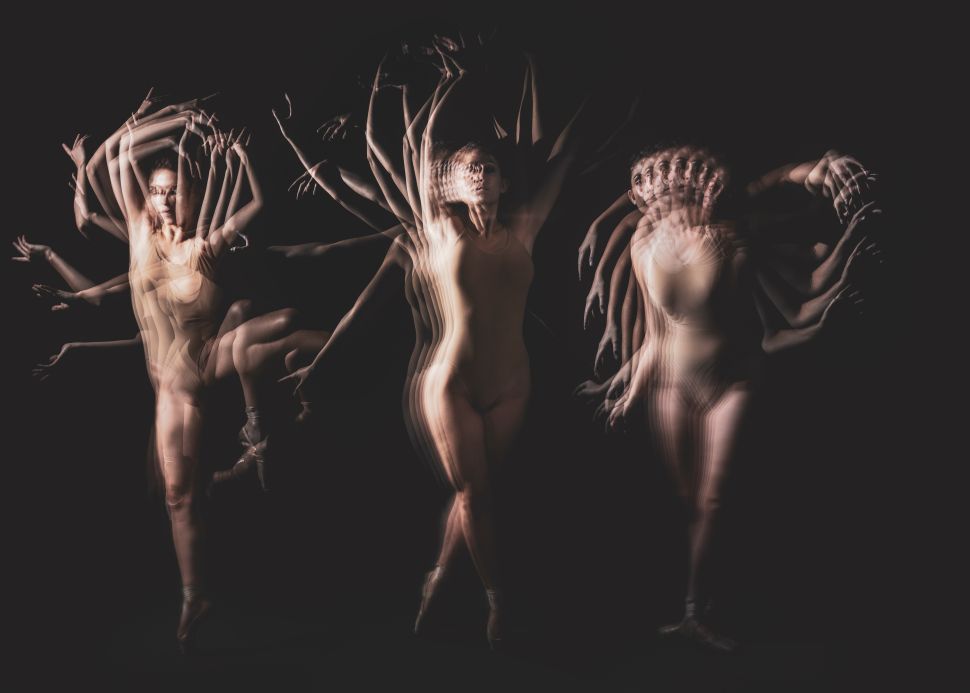
Achieve rapid-fire flash with your unit's strobe function to capture incredible staccato action. This stop-motion effect is created by a pulsing flash that fires lots of times during a long exposure, freezing the action multiple times as our dancer moves through the frame. Known as stroboscopic flash, it’s an interesting technique to try on any moving subject. All you need is a dark space, a tripod and a speed light with a stroboscopic or ‘multi’ mode. Read more: Staccato images using a strobe light
28. Dramatic daylight portraits
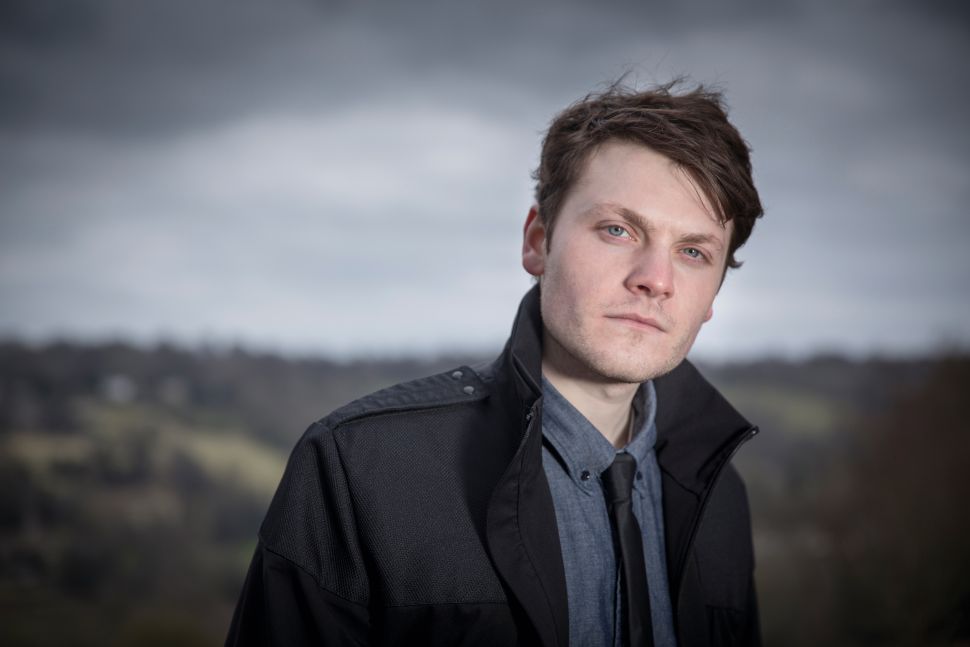
Both blur and darken backgrounds to capture more dramatic portraits all by using a combination of filters and flash. What’s the best way to shoot portraits in daylight: use a long focal length and wide aperture to blur the backgrounds so the subject stands out? Or use some fill flash and underexpose the background for extra contrast and drama? Read more: Dramatic daylight portraits
29. Tips for posing perfect group shots
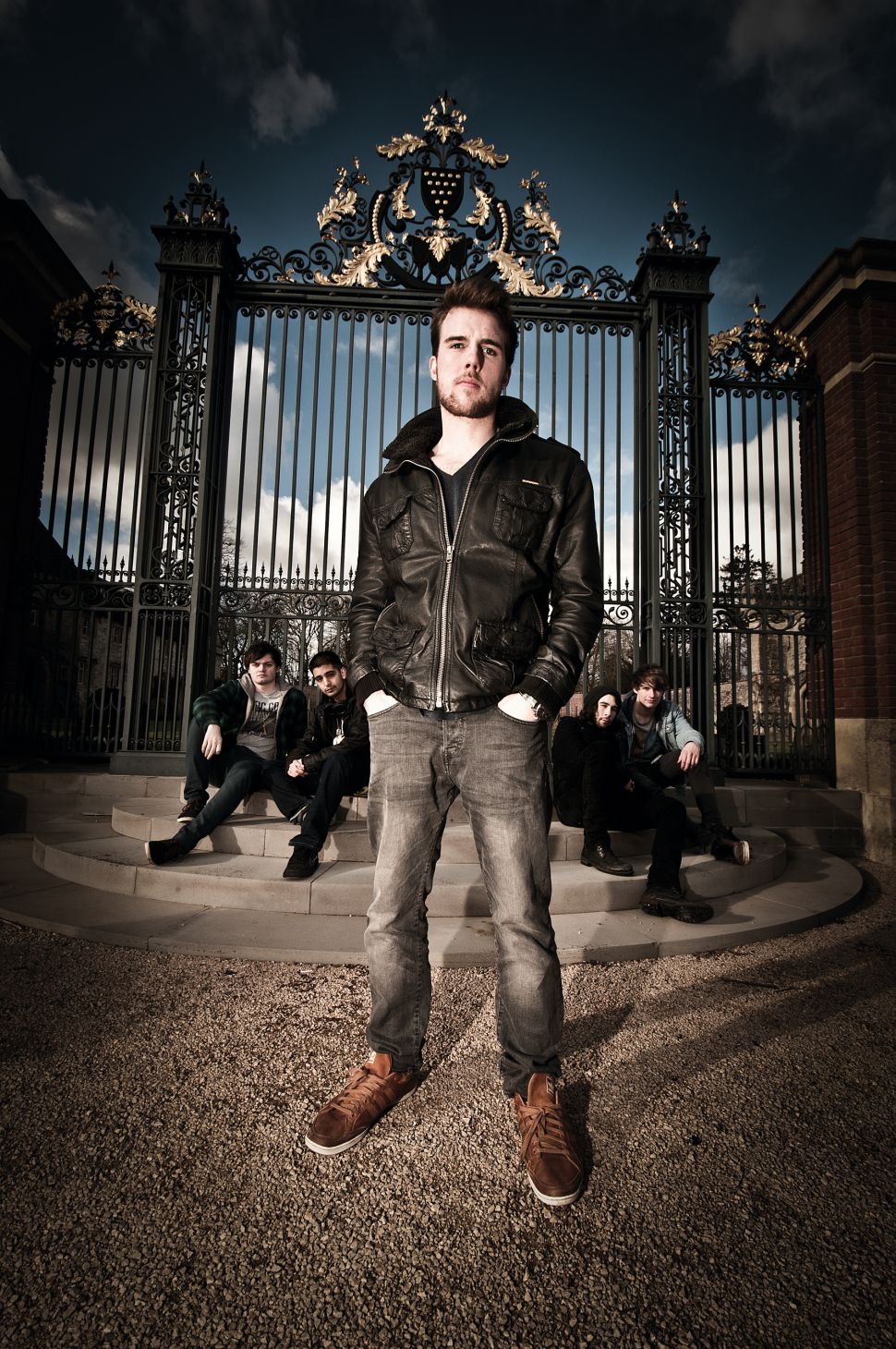
Getting everyone together and posing for a photo can be a pain. Here's the secret to taking perfect group shots. Anyone who’s tried group shots will know that they can be a lot harder to pull off than individual portraits. First you have to get everyone together at the same time and wearing the right expressions, and then you have to figure out how to compose your shot so that it doesn’t just look like a boring and predictable line-up. Read more: Tips for posing perfect group shots
30. Dramatic portraits and film noir photography
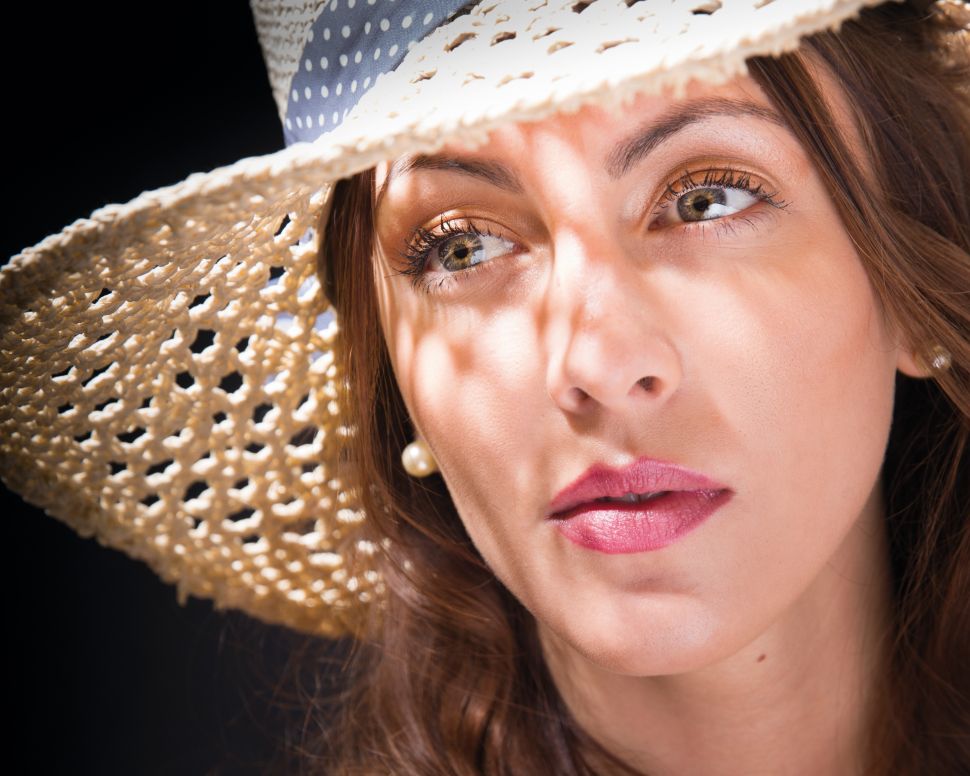
Create moody film noir effects and add dramatic lighting to your portraits using a gobo – one of our favorite photoshoot ideas. A ‘gobo’ is a term that originated in the film industry, where lighting plays a huge part in creating a mood to match the unfolding drama. It’s used to describe anything that ‘goes between’ the light source and the subject or background that creates a pattern of shadows. Read more: Dramatic portraits and film noir photography
31. Get great shots with these baby photography tips
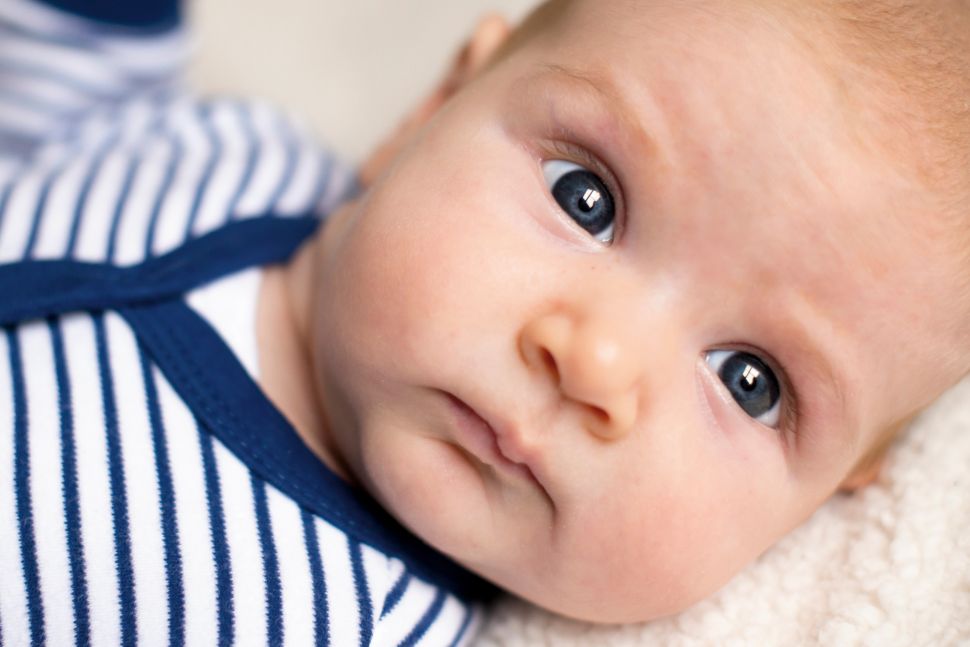
Shooting baby portraits using window light, and with bokeh as soft as the subject. Most parents want beautiful shots of their babies, and one way to get that is to use a shallow depth of field to add plenty of background blur, emphasizing the softness and fragility of the subject. Read more: Get great shots with these baby photography tips
32. Prime lenses for portraits
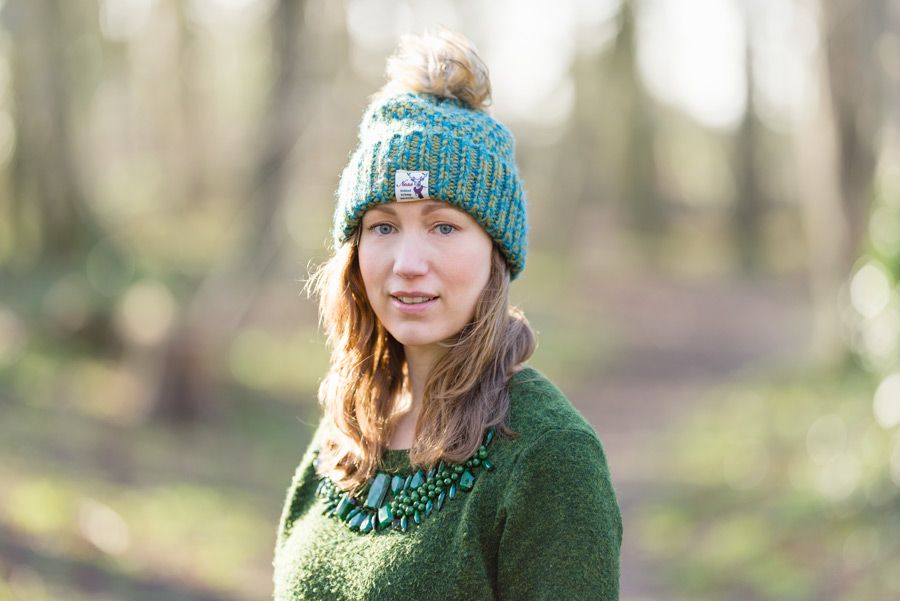
These prime lenses will get you shooting your best portraits yet. But do you choose a 50mm, an 85mm or a 135mm? When you first get started in photography, you’re most likely to begin with the lens that came with your camera (ie the kit lens) before moving up to a better-quality zoom that covers the focal lengths you need. Read more: Best lenses for portraits
33. Studio lighting: essential tips and setups
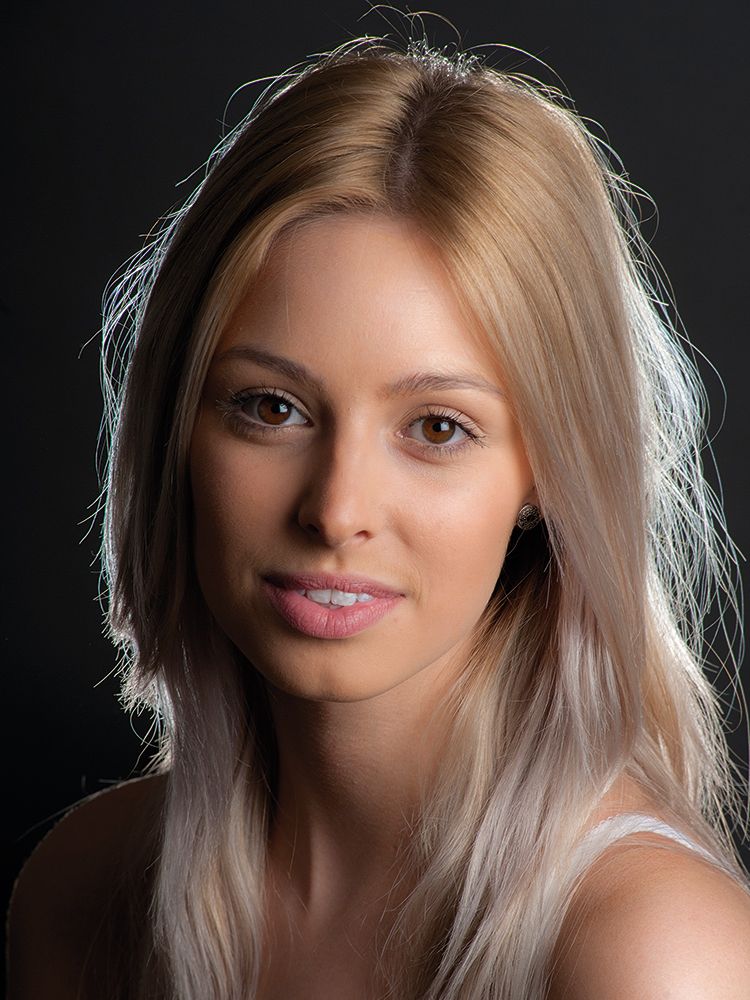
Want to shoot professional-looking portraits? Here's how to get to grips with a basic home studio kit. Studio lighting can seem daunting if you’ve never tried it before. However, it’s not nearly as scary as most people think. By using a simple home studio kit, with just a couple of flash heads and a few basic accessories, you can get great results in no time at all. In fact, here's one of the best photography tips: it’s arguably easier to use a studio lighting setup than a speed light. Read more: Studio lighting: essential tips and setups
34. Headshot photography tips
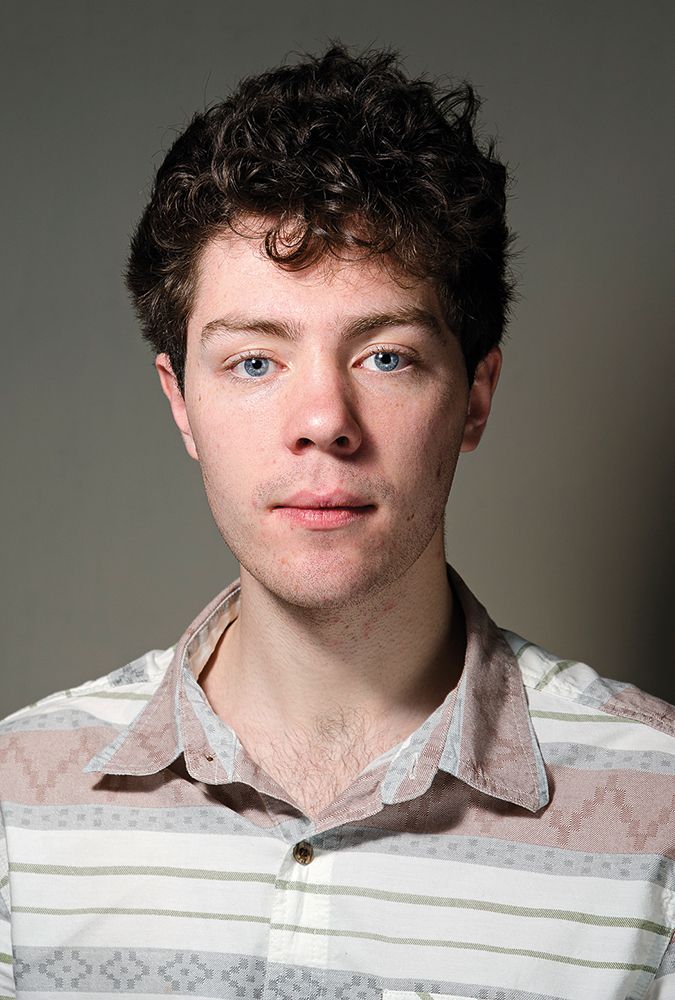
Take professional headshots for social media, official documents and dating sites. First impressions count, and the headshot that accompanies an online profile can be as important as the words. A blurred shot taken on a night out won’t create the right impression for many sites, whether it is for Tinder or for LinkedIn. so we’re going to show you how you can produce headshots for a variety of uses. Taking control of the lighting is the key to taking really effective portraits. This control also enables you to produce shots in a similar style time after time. Read more: Headshot photography tips
35. Couple photography tips: poses for pairs of people
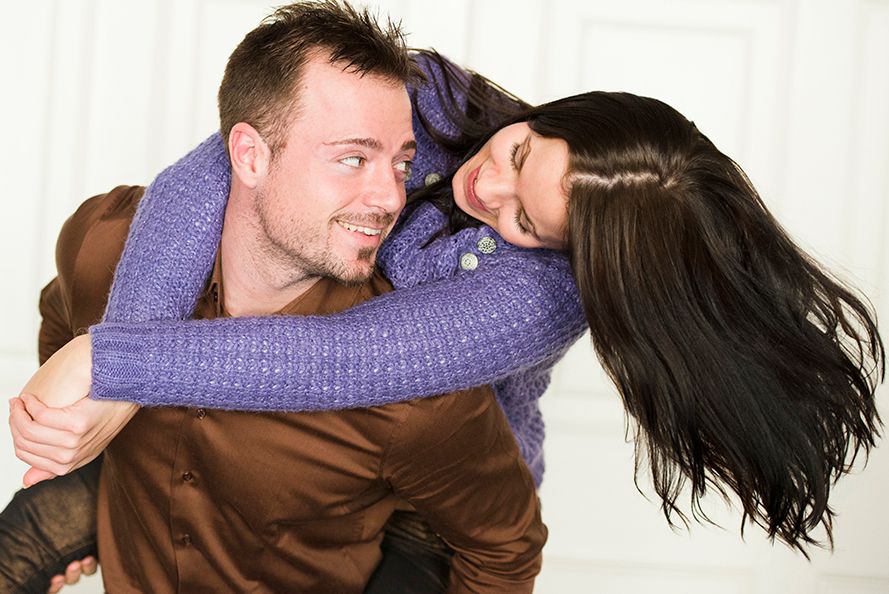
Elevate your game when shooting two people, with these perfect portrait poses for couple photography. Couple photography is not easy... posing two people in a portrait can often be twice as hard as shooting just one sitter. There are twice as many limbs to look out for, four eyes to keep in sharp focus, and double the chances of blinking or dodgy expressions. However, it can also be incredibly rewarding. At the risk of sounding a little sentimental, it gives you the chance to show the bond two people share and create images with real emotion. Read more: Couple photography tips: poses for pairs of people
36. Use flash for post-sunset portraits
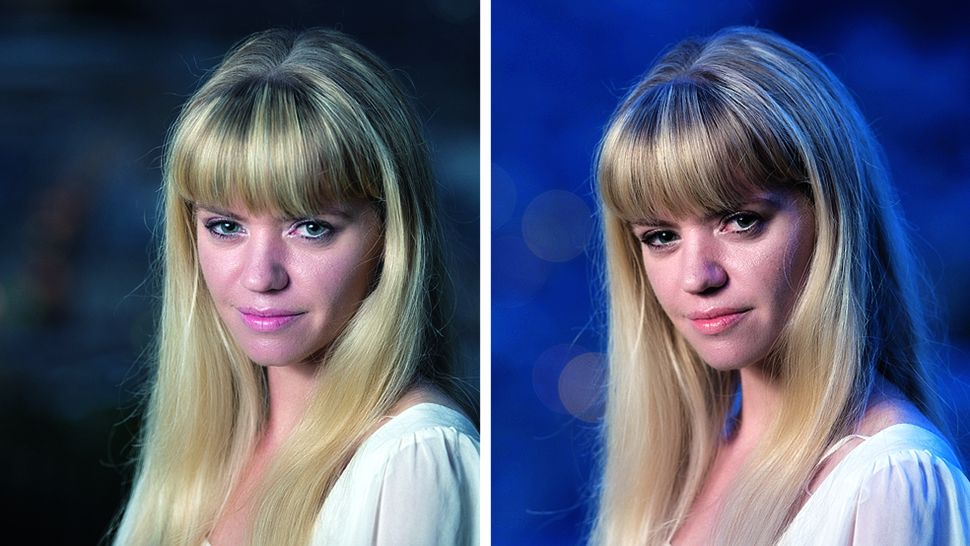
Here's how to create striking portraits in the ‘blue moment’ just after sunset. Everyone shoots during the golden hour, but stay out a little longer and you’ll see everything turn a deep blue. This is known as the ‘blue moment’. If you turn your camera’s white balance to Tungsten, the effect becomes even more pronounced, but unfortunately it turns your model blue, too. Read more: Use flash for post-sunset portraits
37. Add bokeh effects to portraits
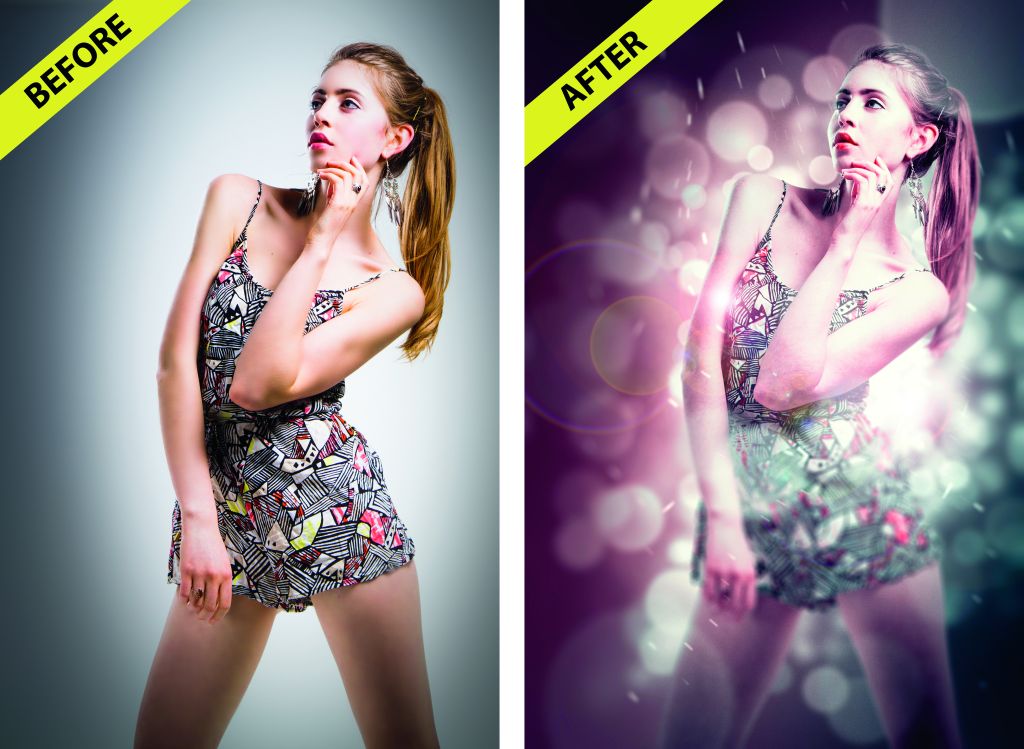
Spice up portraits with out-of-focus effects and brush techniques. The term ‘bokeh’ refers to the circular spots that appear in out-of-focus areas of an image. Usually creating bokeh in-camera means investing in a fast lens, shooting at a wide aperture and catching out-of-focus highlights in the background. But with a few simple skills we can replicate the effect in Photoshop. Read more: Add bokeh effects to portraits
38. Shoot portraits like an 'Old Master'
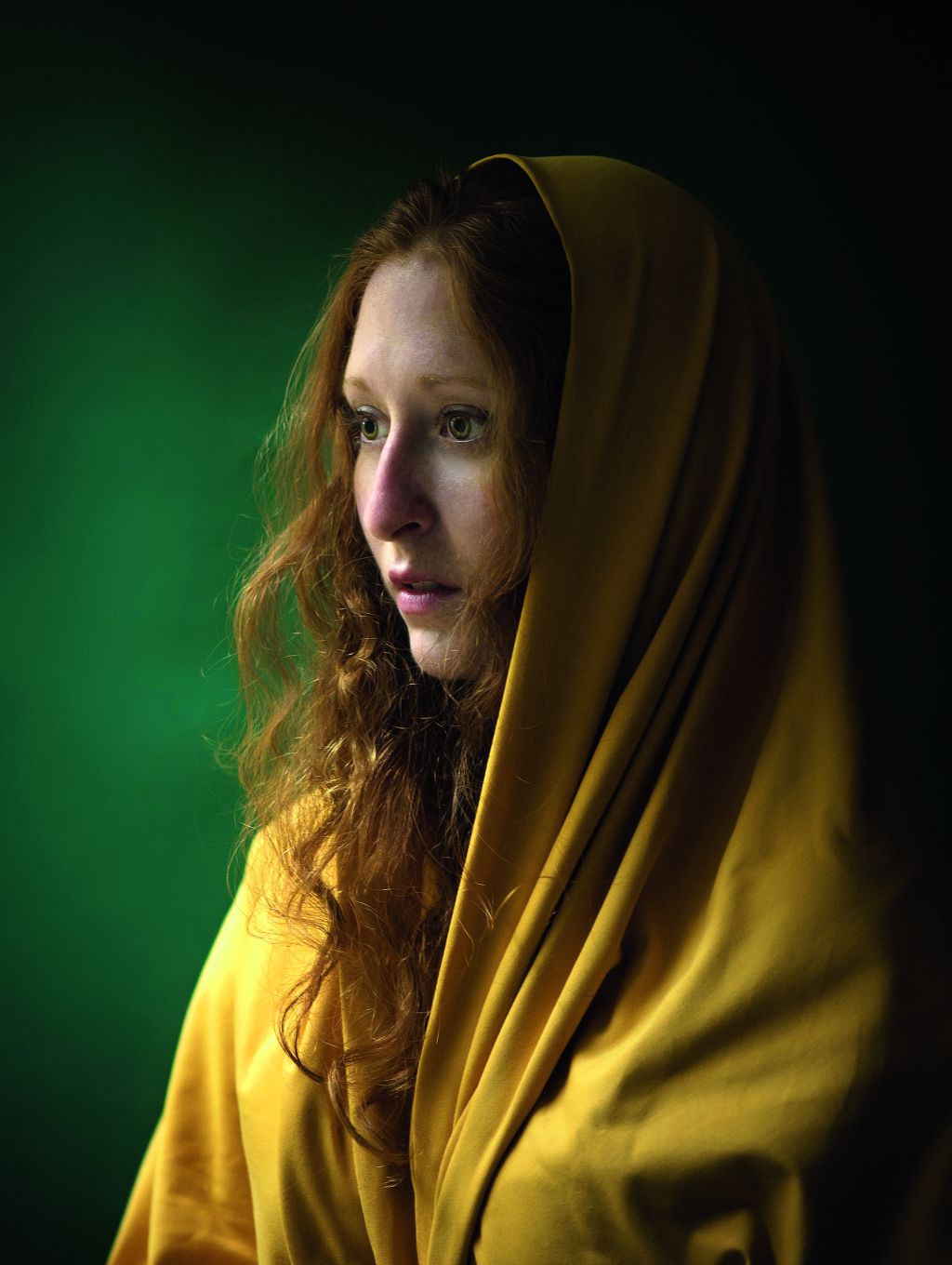
Have you ever tried to make a photograph look like a painting? Perhaps you’ve taken an old photo into Photoshop and added some filters and textures to give the impression of brush strokes and art paper. However, you don’t really need any computer wizardry. By borrowing a few simple techniques from the classic artists we’re going to create a simple set-up that consists of nothing more than a window, a model, a backdrop and some fabric. The end result is a portrait that replicates the look and feel of a 17th-century Dutch painting. Read more: Shoot portraits like an 'Old Master'
39. Create a moody sports portrait
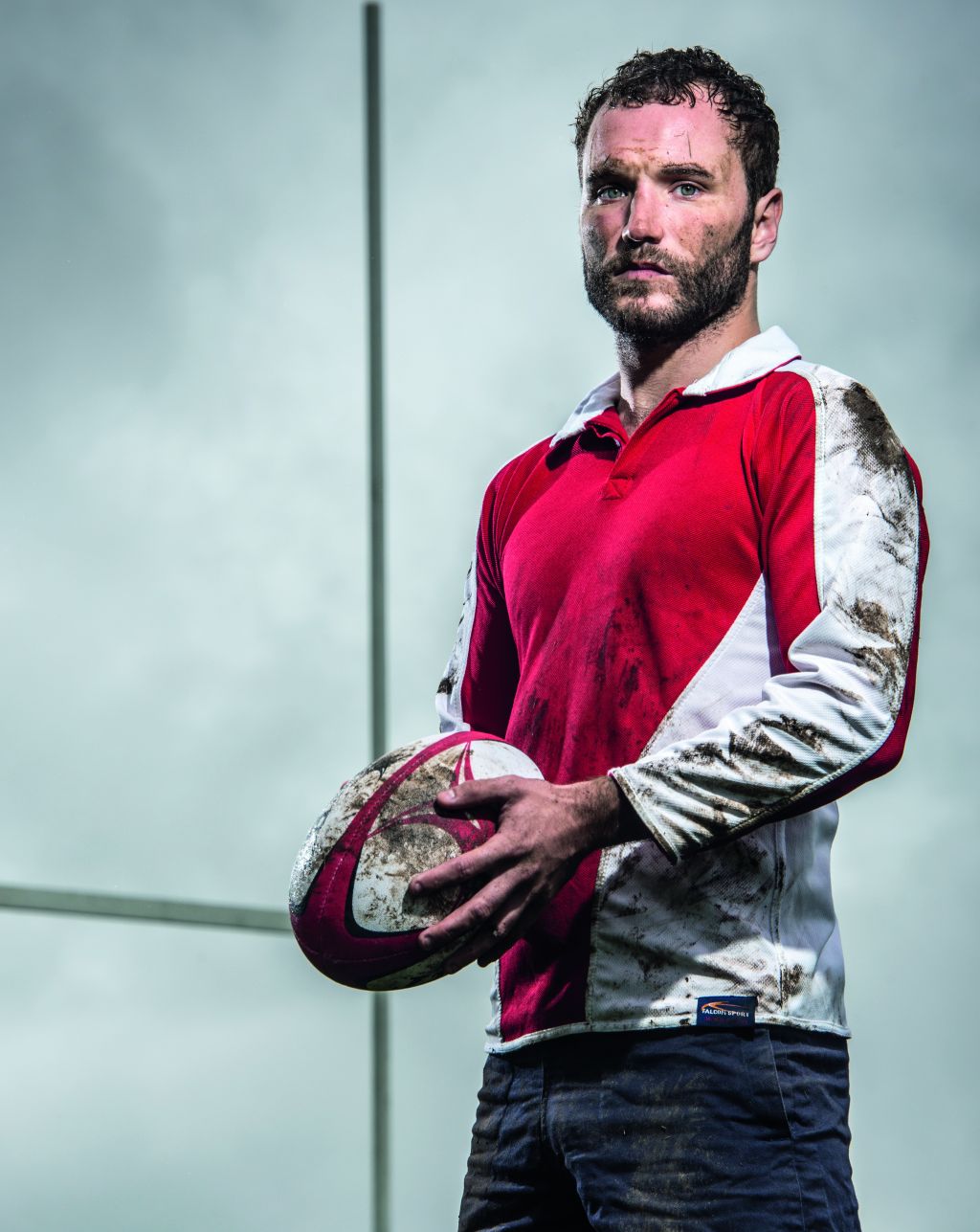
As any fan will know, grey, wet weather is par for the course when it comes to rugby. However, when it comes to shooting a dramatic portrait, directionless, overcast light is the photographer’s metaphorical forward pass. But there is a solution: to add drama to a sports portrait on a dreary day, all you need are a pair of off-camera Speedlights to lift your subject. This enables you to augment the natural light and take a shot that will rival the finest World-Cup-winning drop-goal. Read more: Create a moody sports portrait
40. Learn to take professional studio portraits
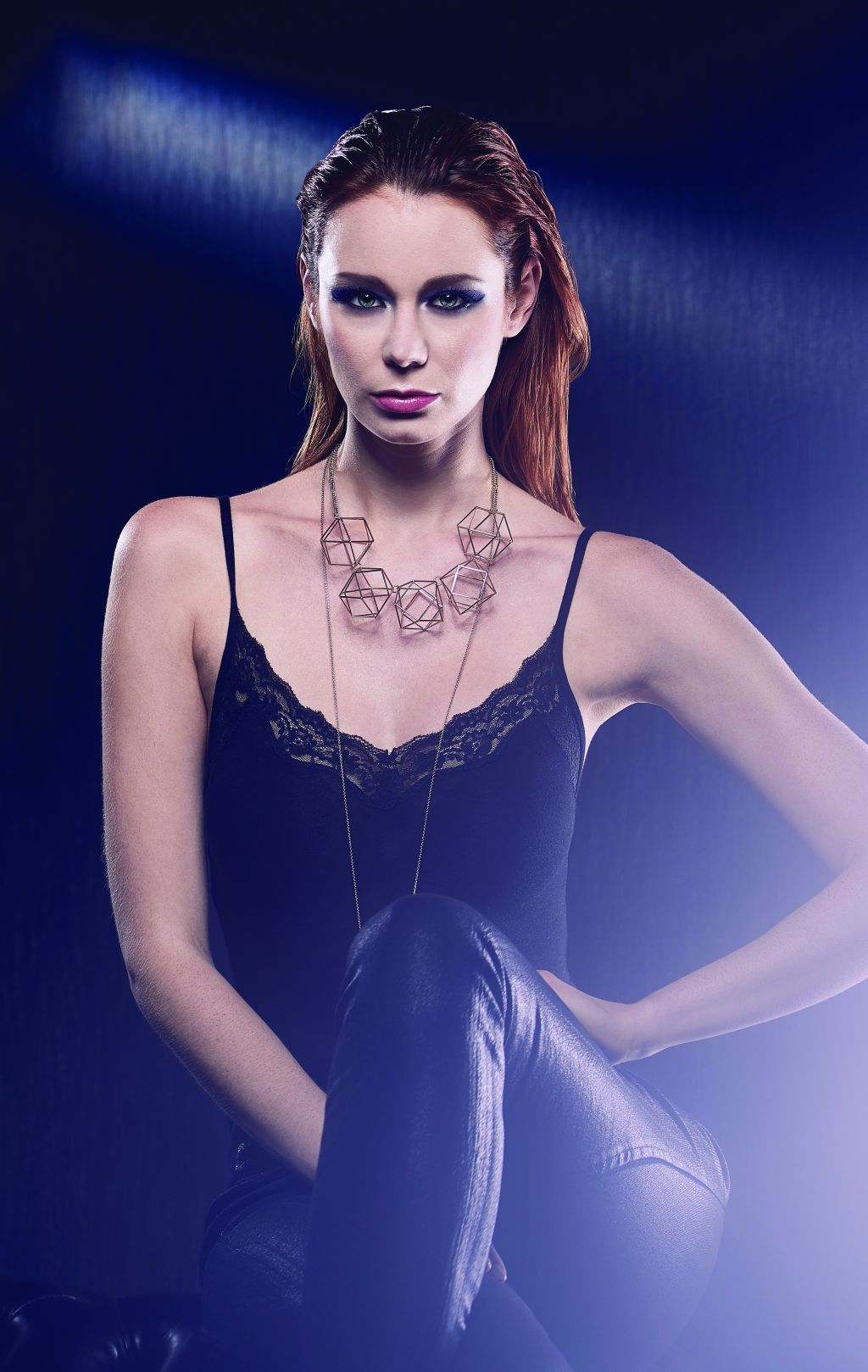
This is a dark and moody fashion portrait. We used a Lee filter to add some haziness to the bottom-right of the frame. It was a fairly experimental approach to create an atmospheric look. Many photographers long to establish their own studio, or have a space that they can use to explore their photography. However, getting the very best from a studio environment is not a straightforward process that will magically transform your photography. Read more: Learn to take professional studio portraits
41. Use HHS flash for better background blur
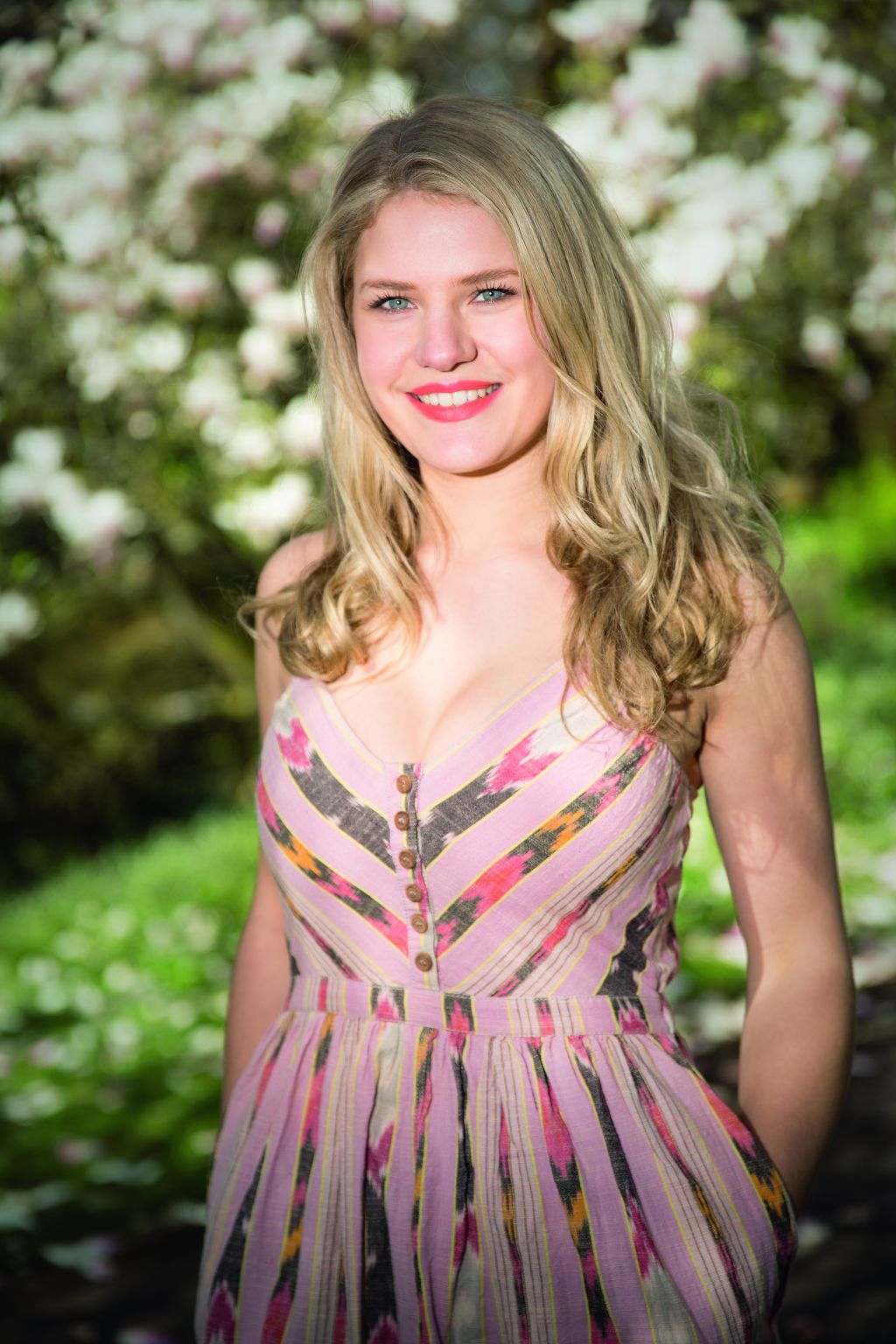
Use a flashgun with HSS mode for better fill-flash portraits in daylight. It’s great to use a little fill-flash when taking portraits in daylight to lighten up people’s faces and reduce harsh shadows. However, DSLRs have a maximum flash sync speed determined by the amount of time it takes for the shutter curtains to physically move across the sensor – usually 1/200 or 1/250 sec, depending on your camera. Read more: Use HHS flash for better background blur
42. Create a scary Halloween portrait

Learn how to summon a spooky Halloween portrait with a skull and a willing victim! Halloween is the time of year we go out trick-or-treating, hang spiderwebs up in the windows, eat too many sweets and chocolates, and generally have a fun, spooky time as the nights draw in. And we can have some fun with our cameras around Halloween too. Read more: Create a scary Halloween portrait
43. How to turn a portrait into a zombie
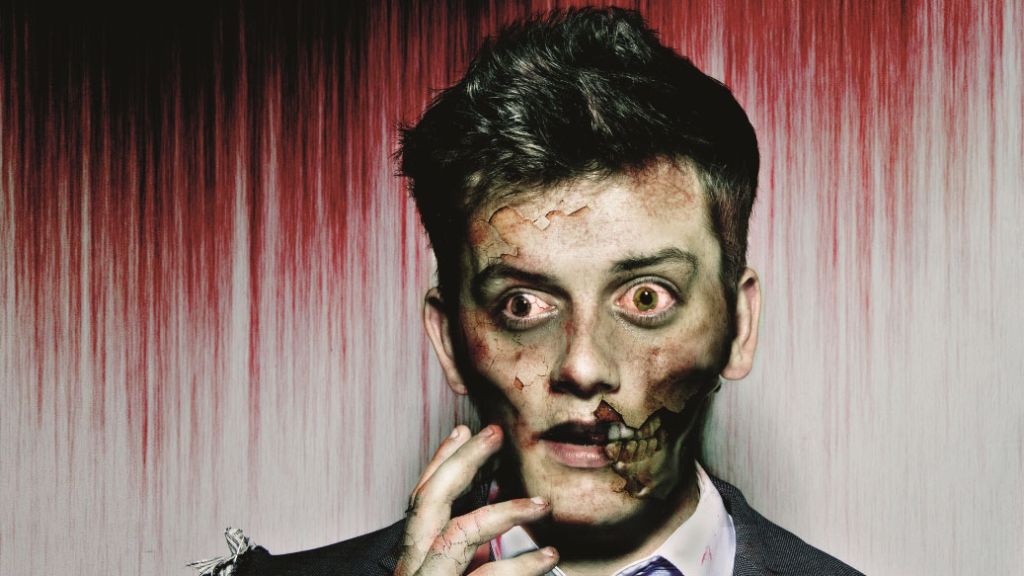
Brains! Use yours to harness Photoshop’s color correcting, layer blending and masking tools, then unleash the digital dead! When it comes to invading popular culture, it seems that zombies will never die. In contemporary films and TV, prosthetic make-up is often augmented with digital elements, so that zombies can lose body parts without using amputee actors. Read more: How to turn a portrait into a zombie
44. Retouch a portrait using Photoshop Elements
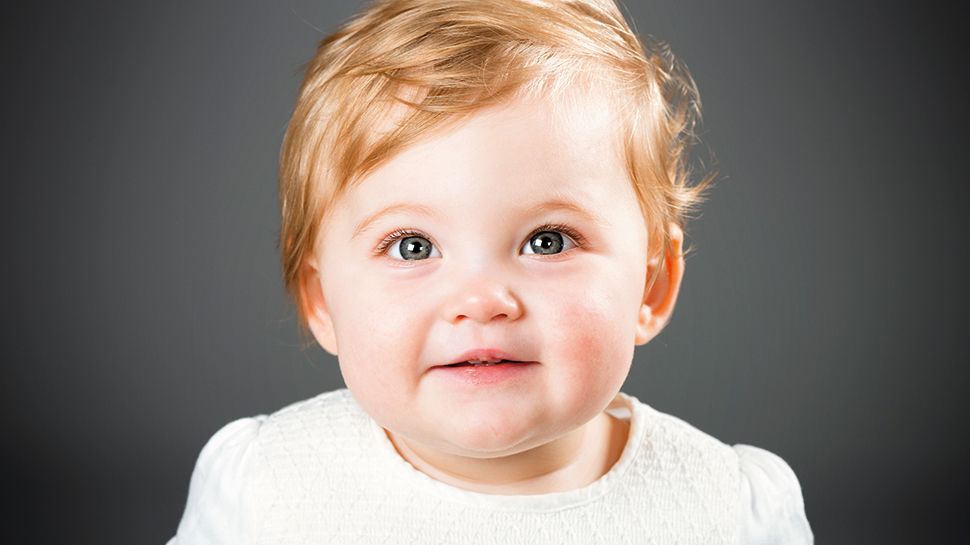
From basic retouching tricks to powerful tonal enhancements, bring your portraits to life with these simple but effective edits. In this tutorial, we’ll explain a few key portrait edits. Most, if not all of these techniques can be used on every portrait you shoot. Read more: Retouch a portrait using Photoshop Elements
45. How to capture a driver's portrait
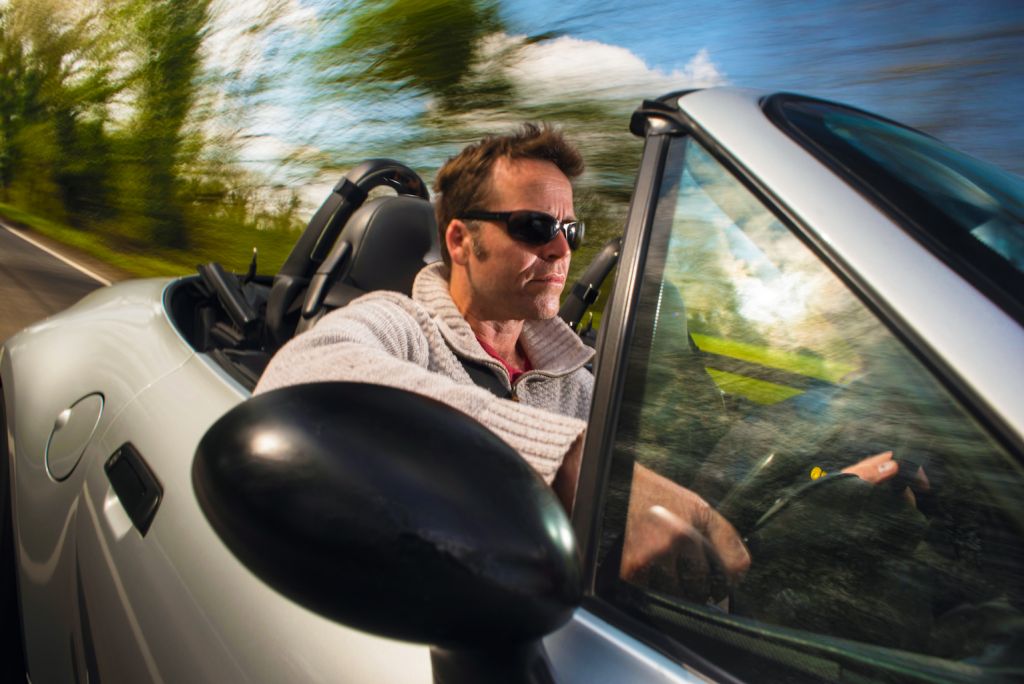
Put your flash into top gear with a dramatic car portrait. It’s enough to kick you into the back of your seat – and all it takes is a car, a quiet location, a willing model/driver and a flashgun. Essentially, we’ll be mounting the camera to the car we’re shooting with a suction-mounted attachment, so that the DSLR and car move at the same speed and direction. This will ensure the car stays sharp in your shot. Read more: How to capture a driver's portrait
46. Use Photoshop's Polygon tool on portraits
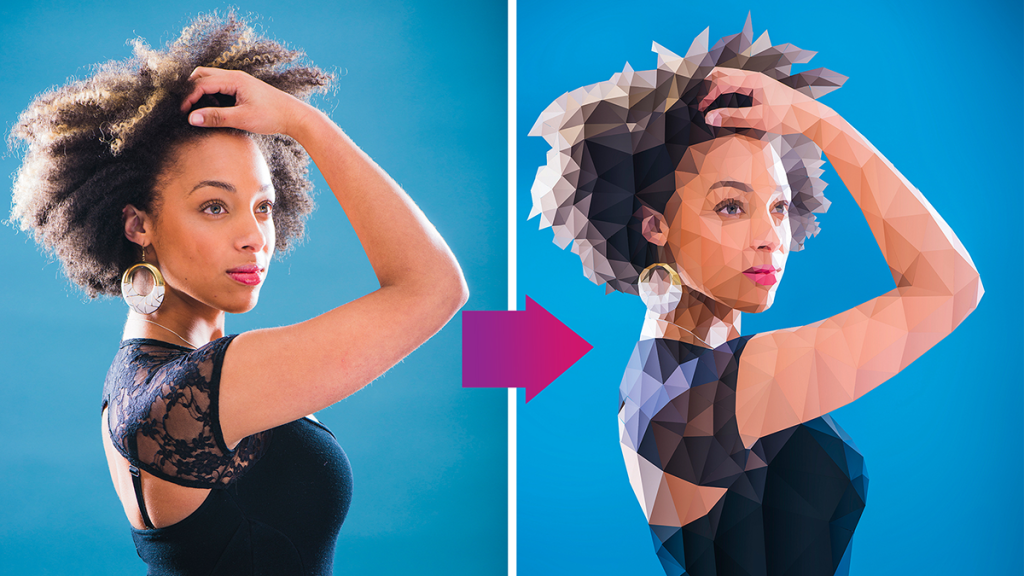
Learn how to transform your portraits into something special with this neat Photoshop tool. Polygon portraits like this are very popular at the moment, but before we get stuck into this tutorial, first a warning: it’s going to take a while. There aren’t any magic filters that will do the job. Instead, each triangular shape you see in the image here has been patiently plotted out by hand, so it’ll take at least an hour or two to achieve a decent level of detail. Read more: Use Photoshop's Polygon tool on portraits
47. Cheat sheet: Pro portrait lighting setups
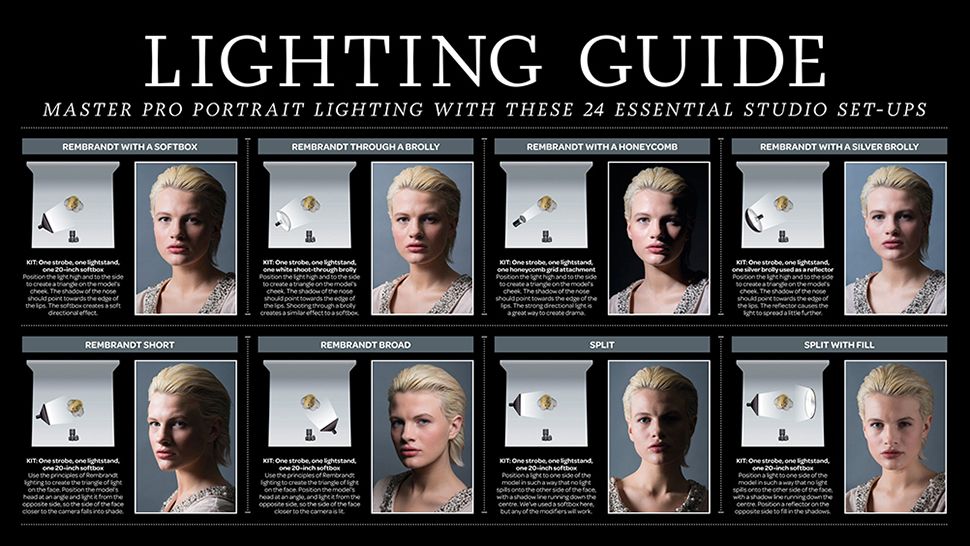
From classic Rembrandt styles to more modern alternatives, our cheat sheet shows you 24 different lighting setups and the effect they have on your subject. One of the joys of portrait photography is how dramatically you can change the look and feel of an image with just a simple adjustment to your lighting. Read more: Cheat sheet: Pro portrait lighting setups
48. Cheat sheet: Portrait posing guide
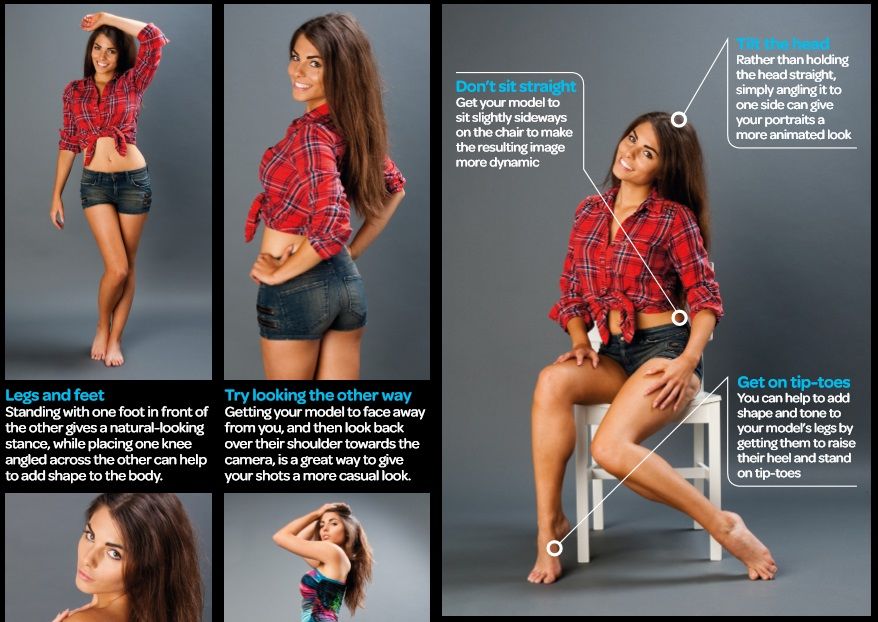
Getting a good portrait model is only half the battle. Grab our high-res cheat sheet to learn how to pose a model for great results. No matter what lighting or camera techniques you use, without the right pose you’ll struggle to shoot successful portraits. But few people naturally strike the most photogenic poses, and even a professional model will need some direction from the photographer. Read more: Cheat sheet: Portrait posing guide
Read more:
• 200+ photography tips and videos
• 100 Photoshop tips and tricks
• Top 12 phone photography tips
• 16 essential landscape tips
• Key wedding photography tips
• Photography for beginners
Get the Digital Camera World Newsletter
The best camera deals, reviews, product advice, and unmissable photography news, direct to your inbox!

Rod is an independent photography journalist and editor, and a long-standing Digital Camera World contributor, having previously worked as DCW's Group Reviews editor. Before that he has been technique editor on N-Photo, Head of Testing for the photography division and Camera Channel editor on TechRadar, as well as contributing to many other publications. He has been writing about photography technique, photo editing and digital cameras since they first appeared, and before that began his career writing about film photography. He has used and reviewed practically every interchangeable lens camera launched in the past 20 years, from entry-level DSLRs to medium format cameras, together with lenses, tripods, gimbals, light meters, camera bags and more. Rod has his own camera gear blog at fotovolo.com but also writes about photo-editing applications and techniques at lifeafterphotoshop.com
